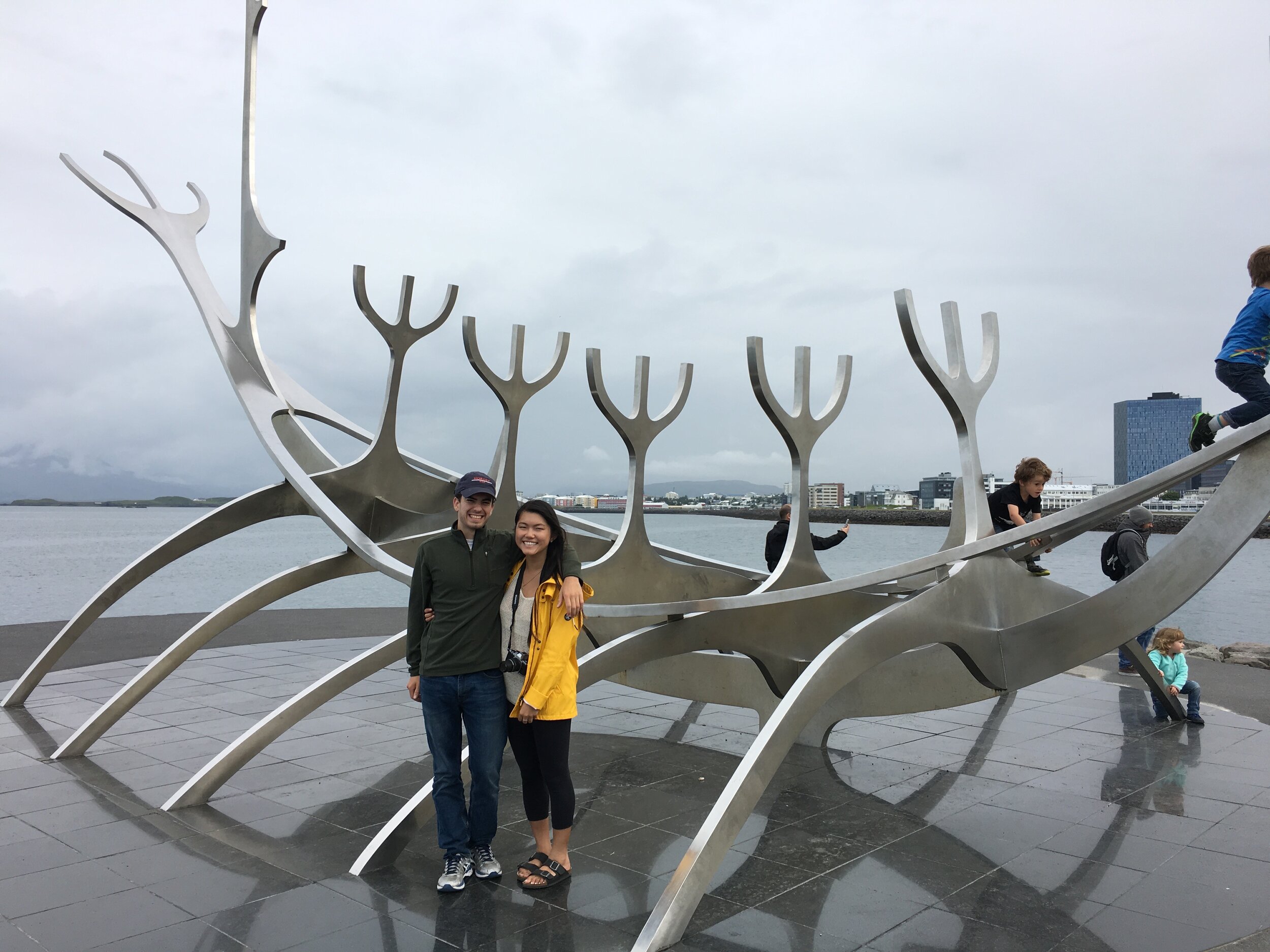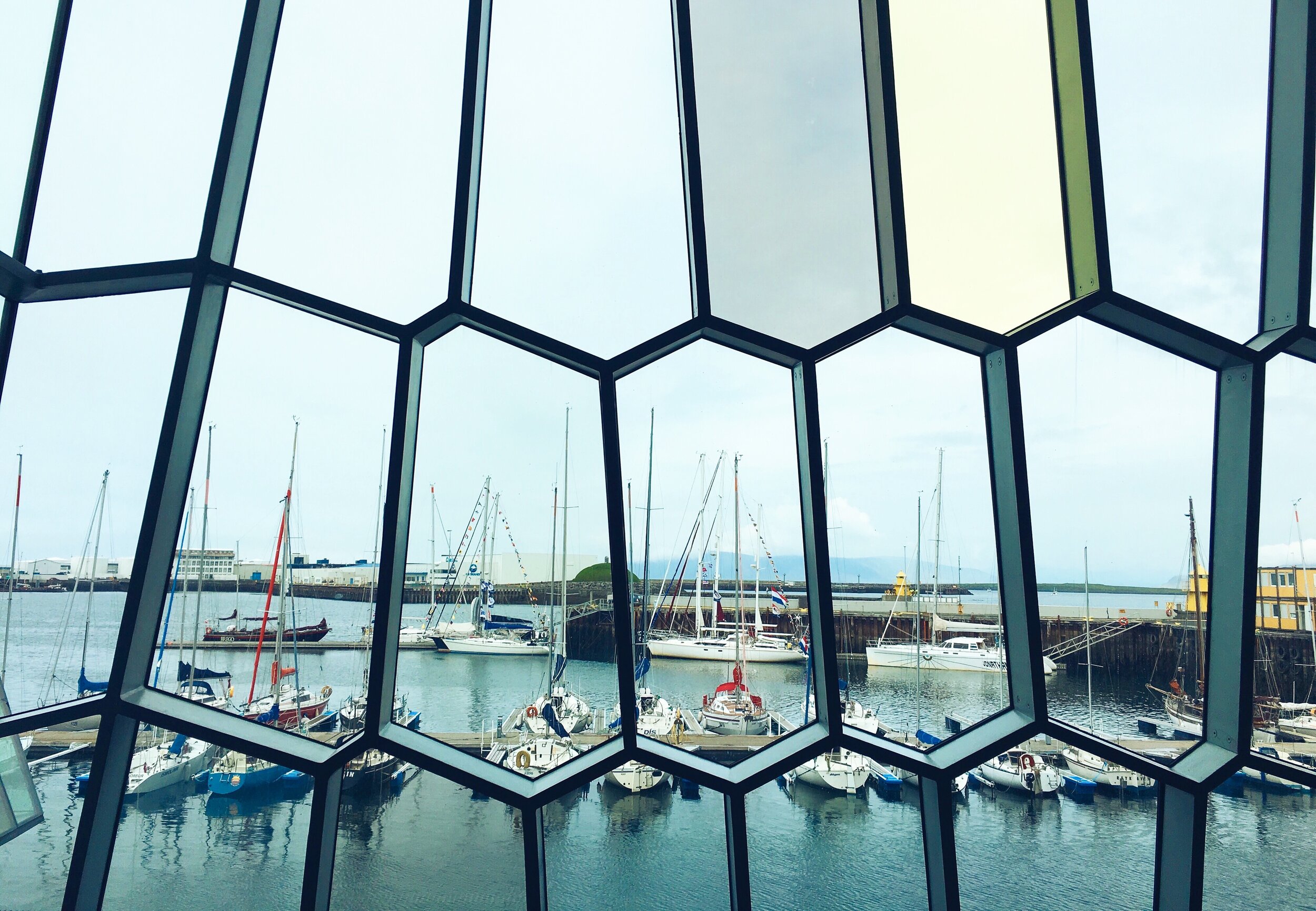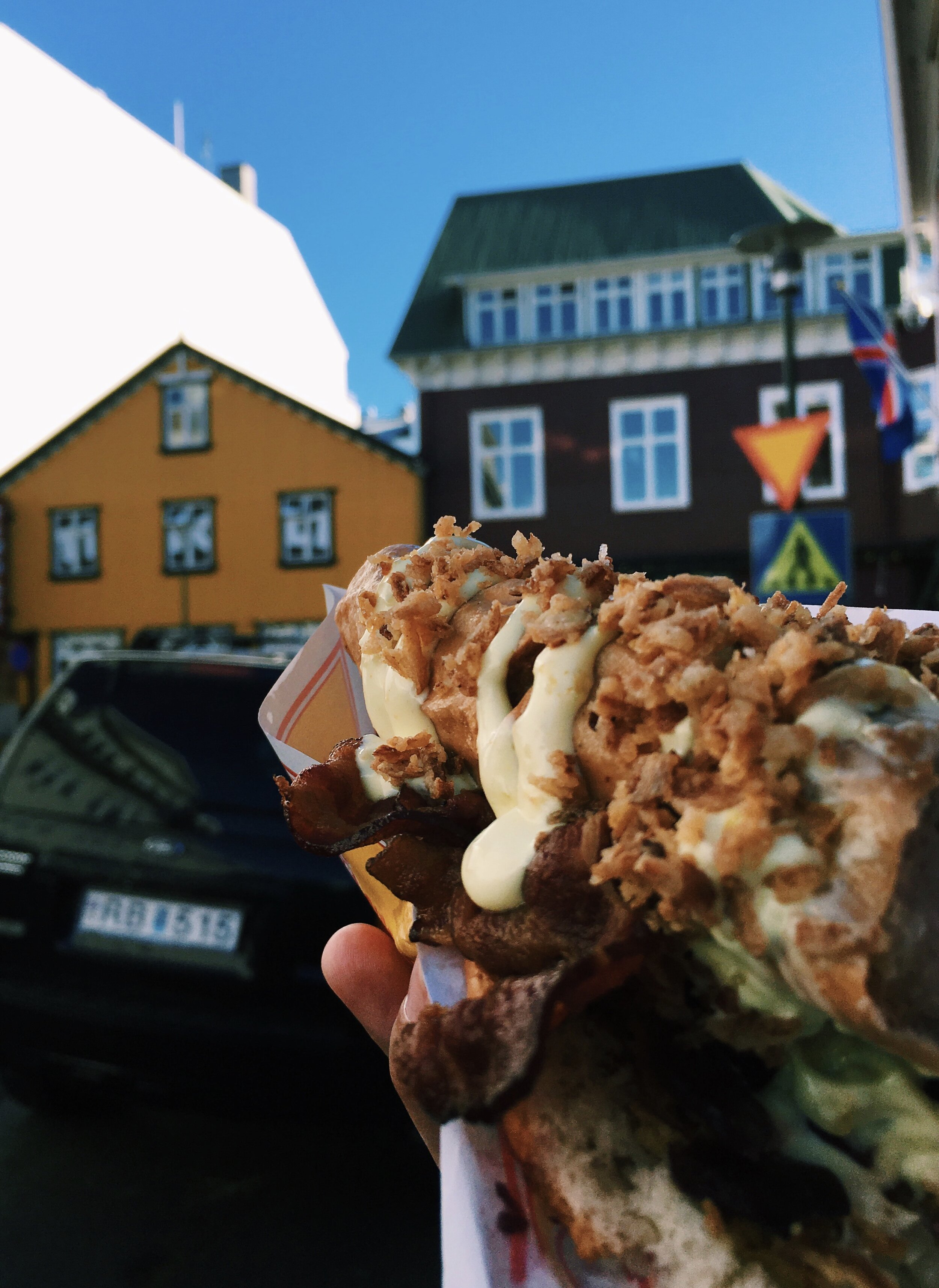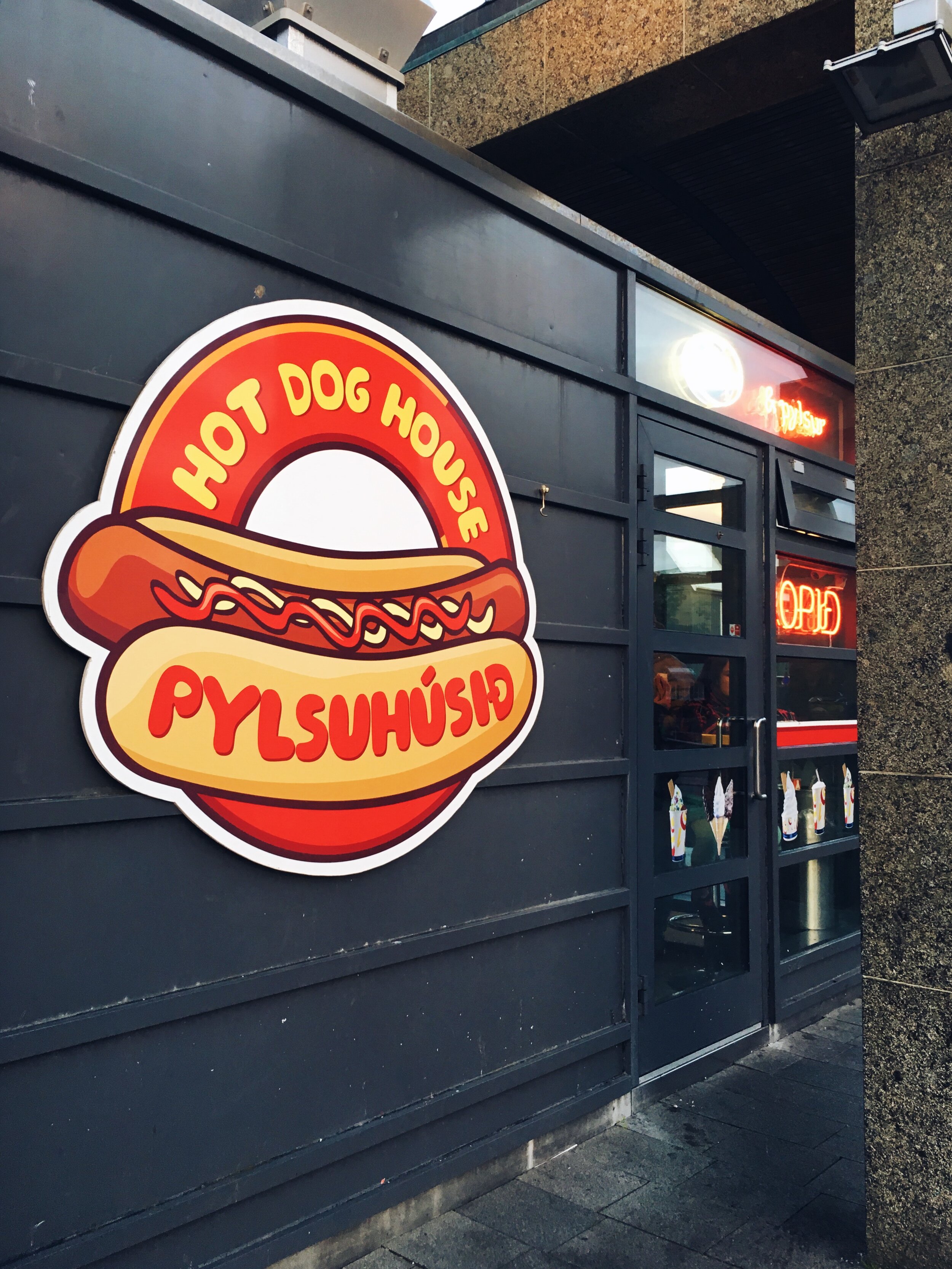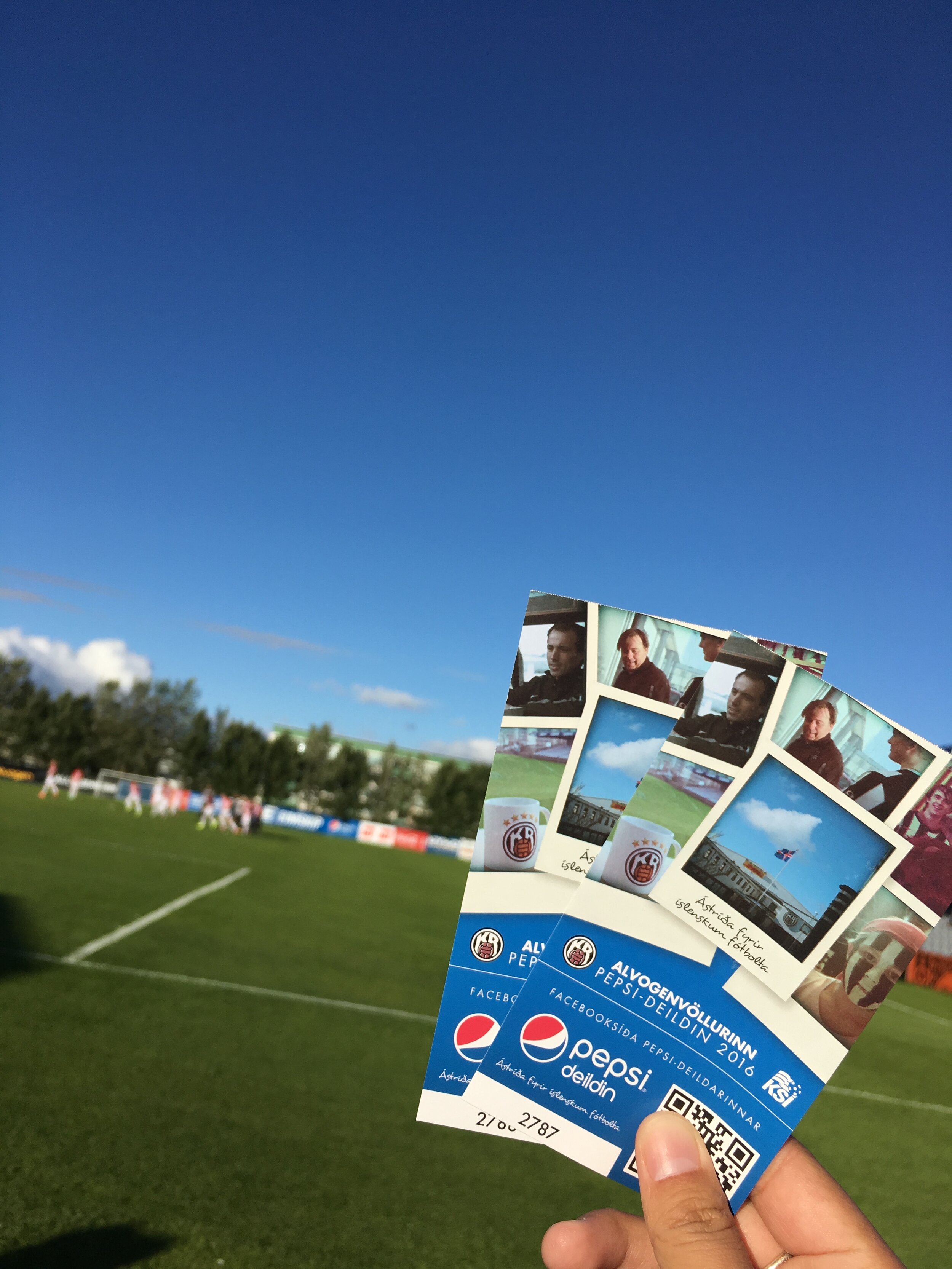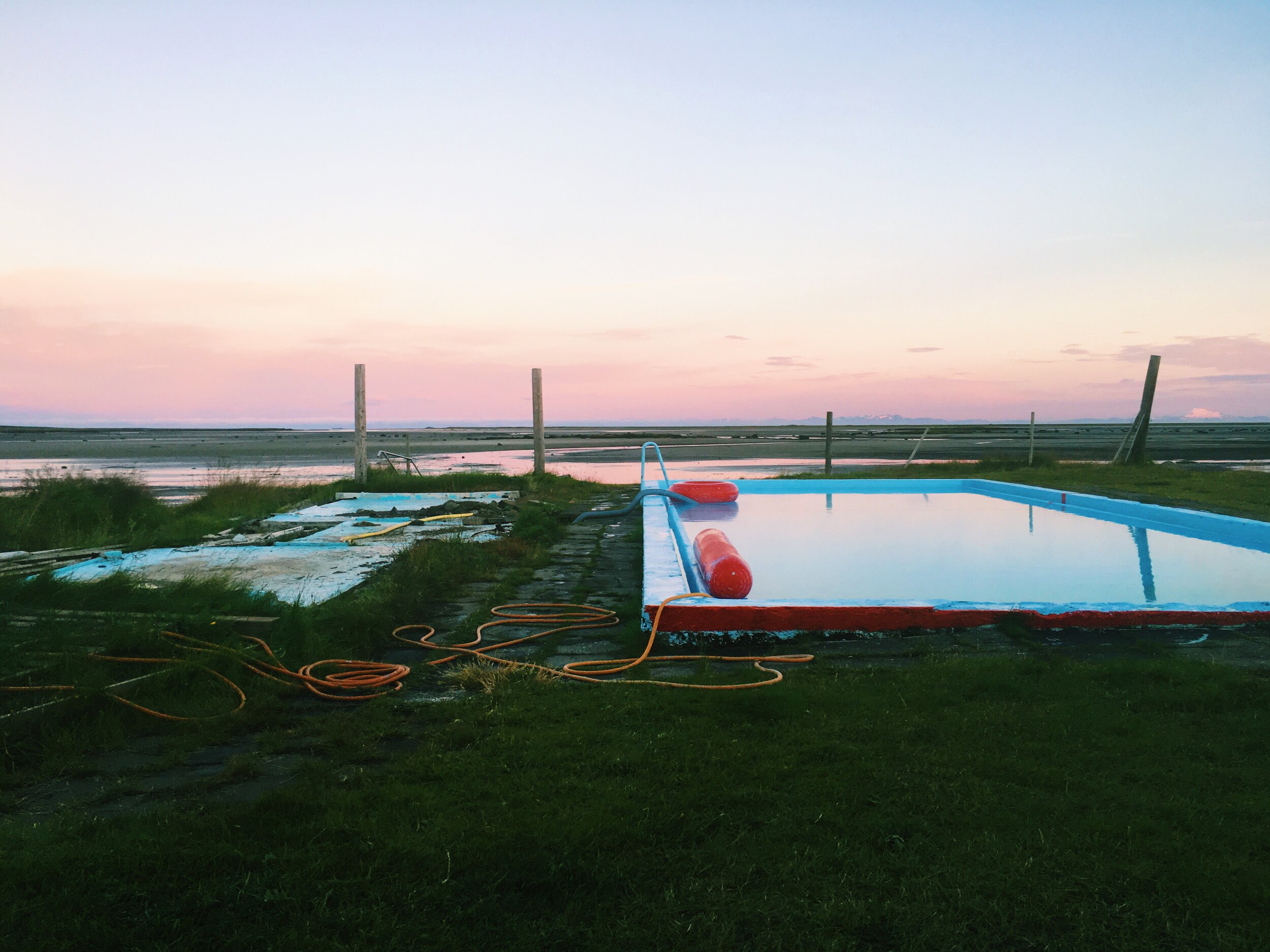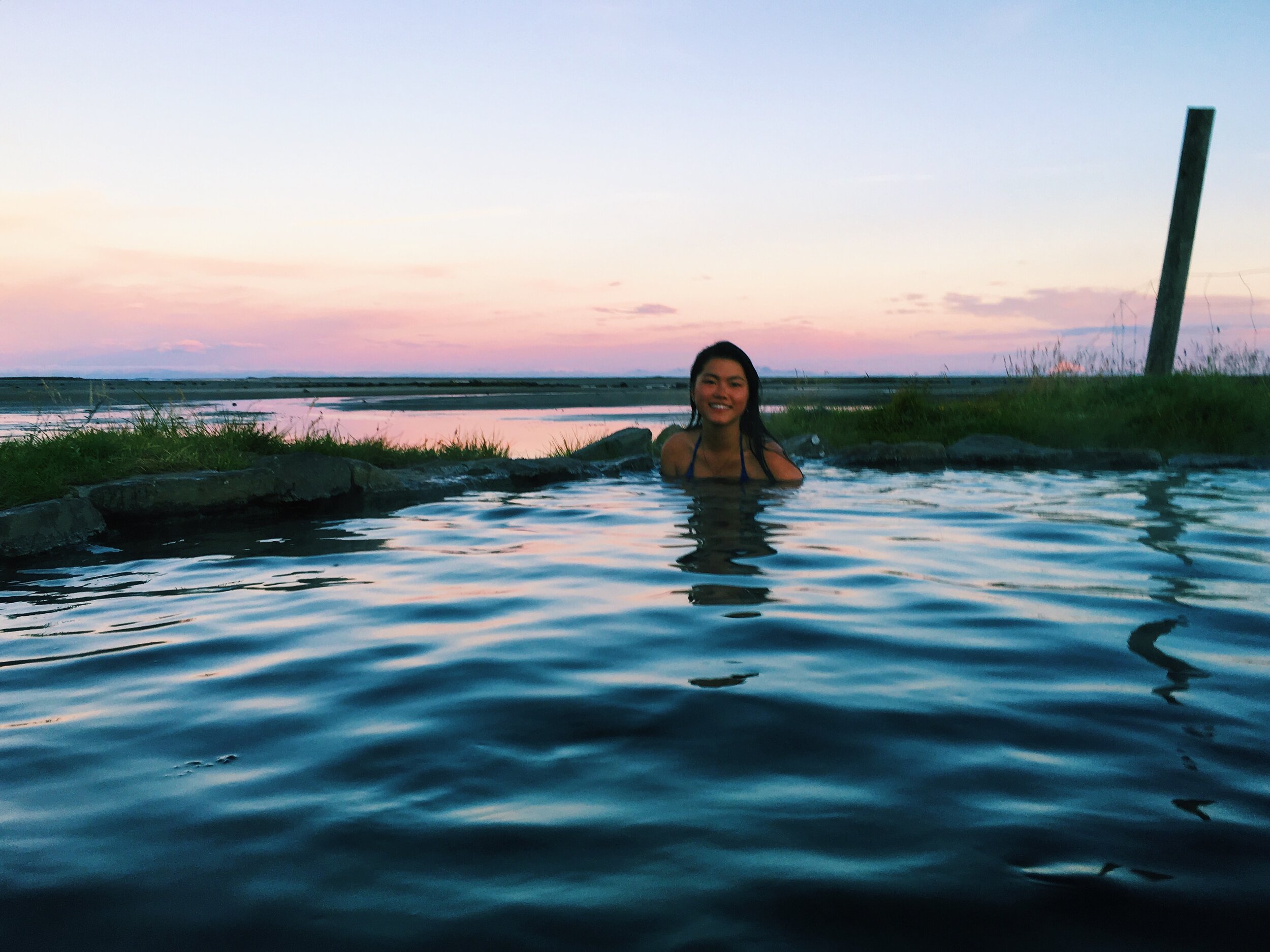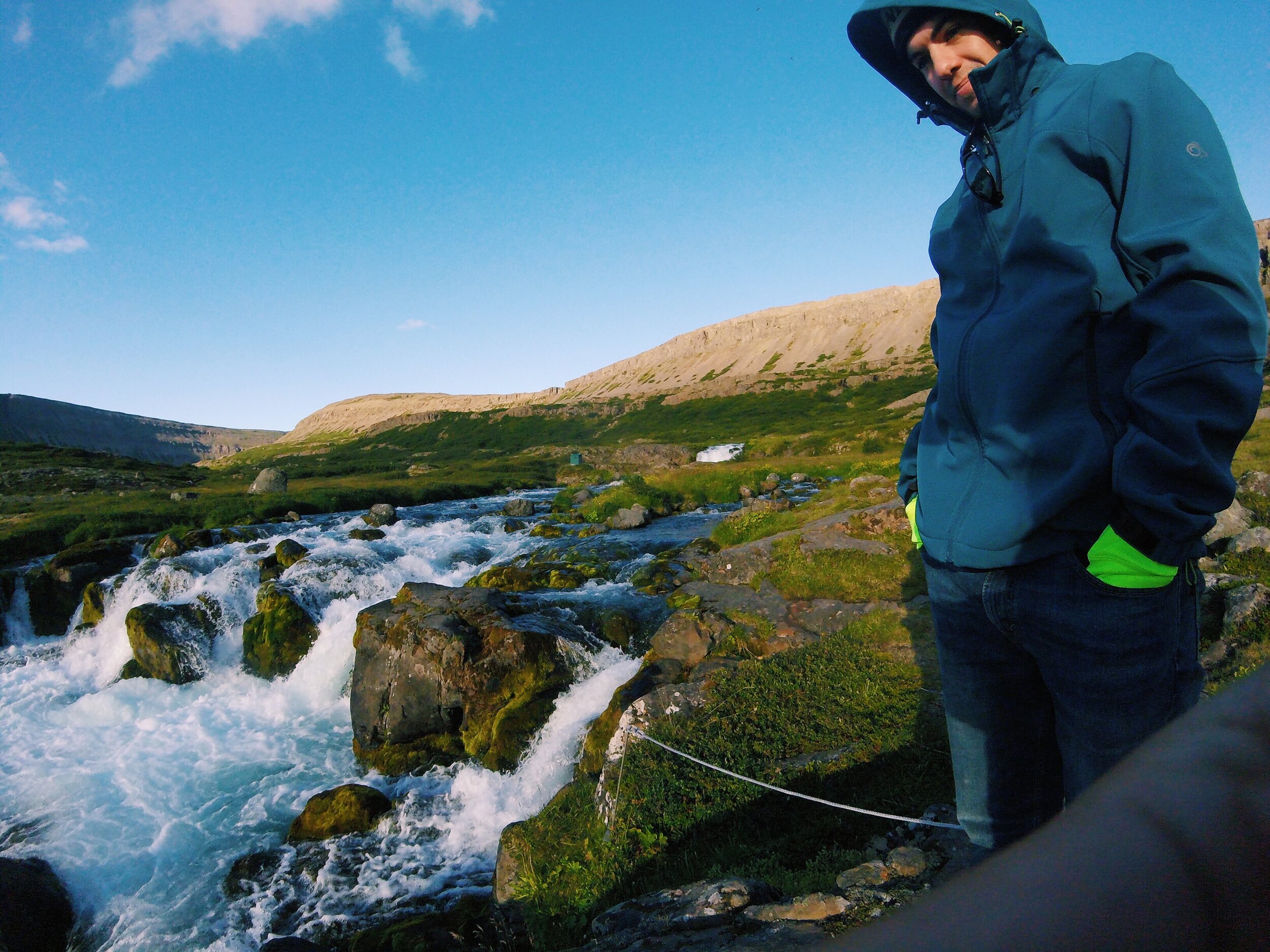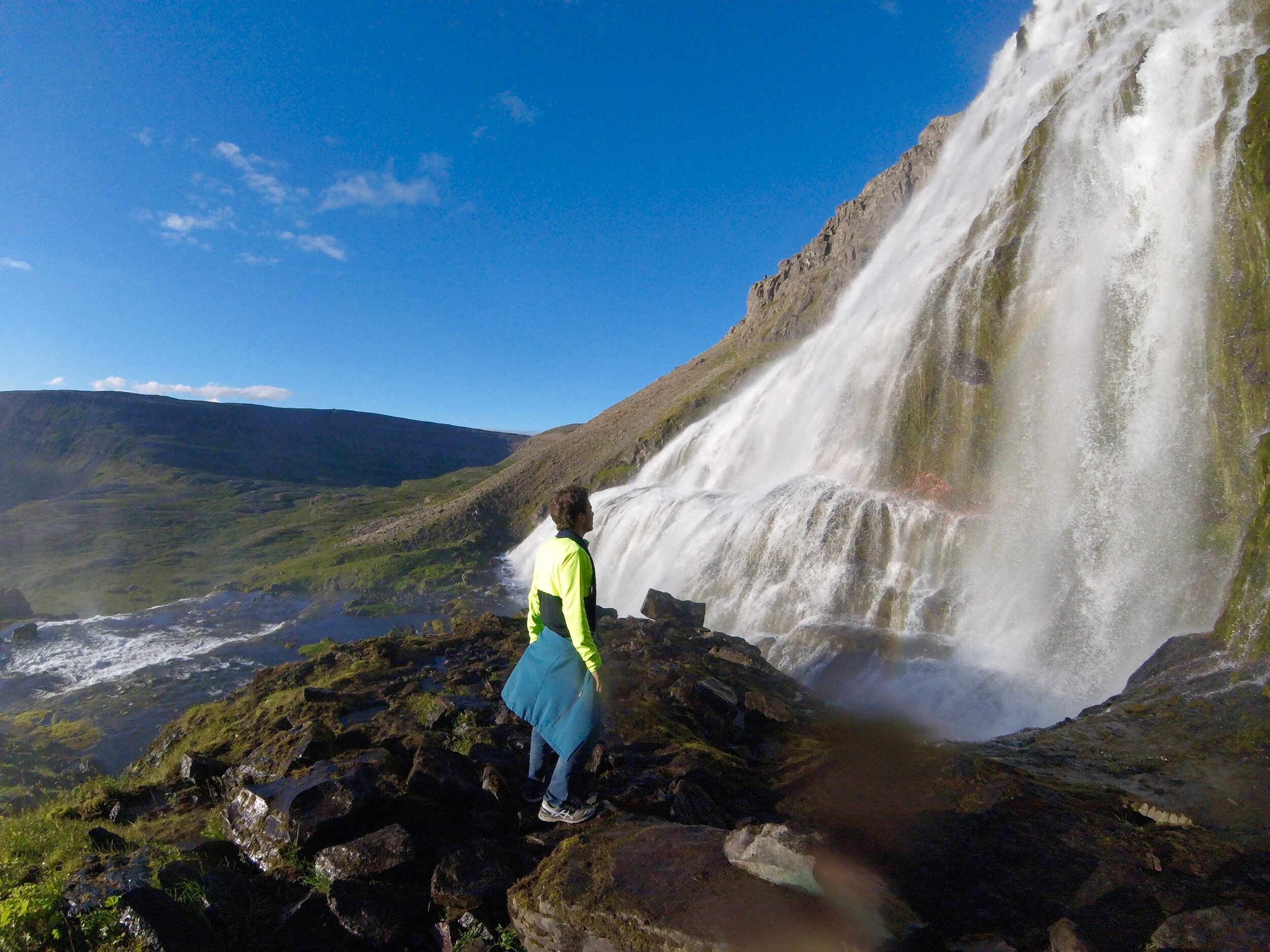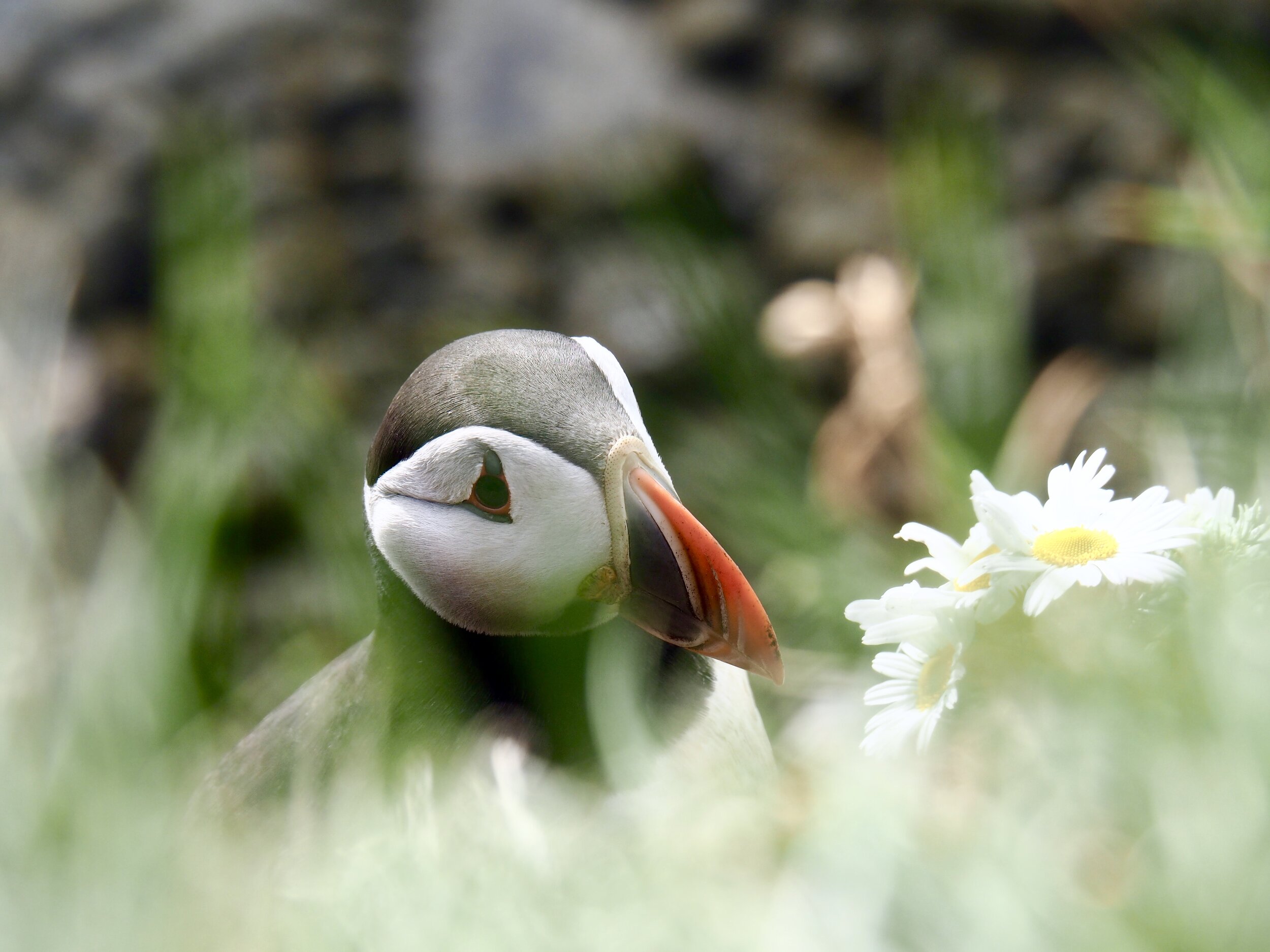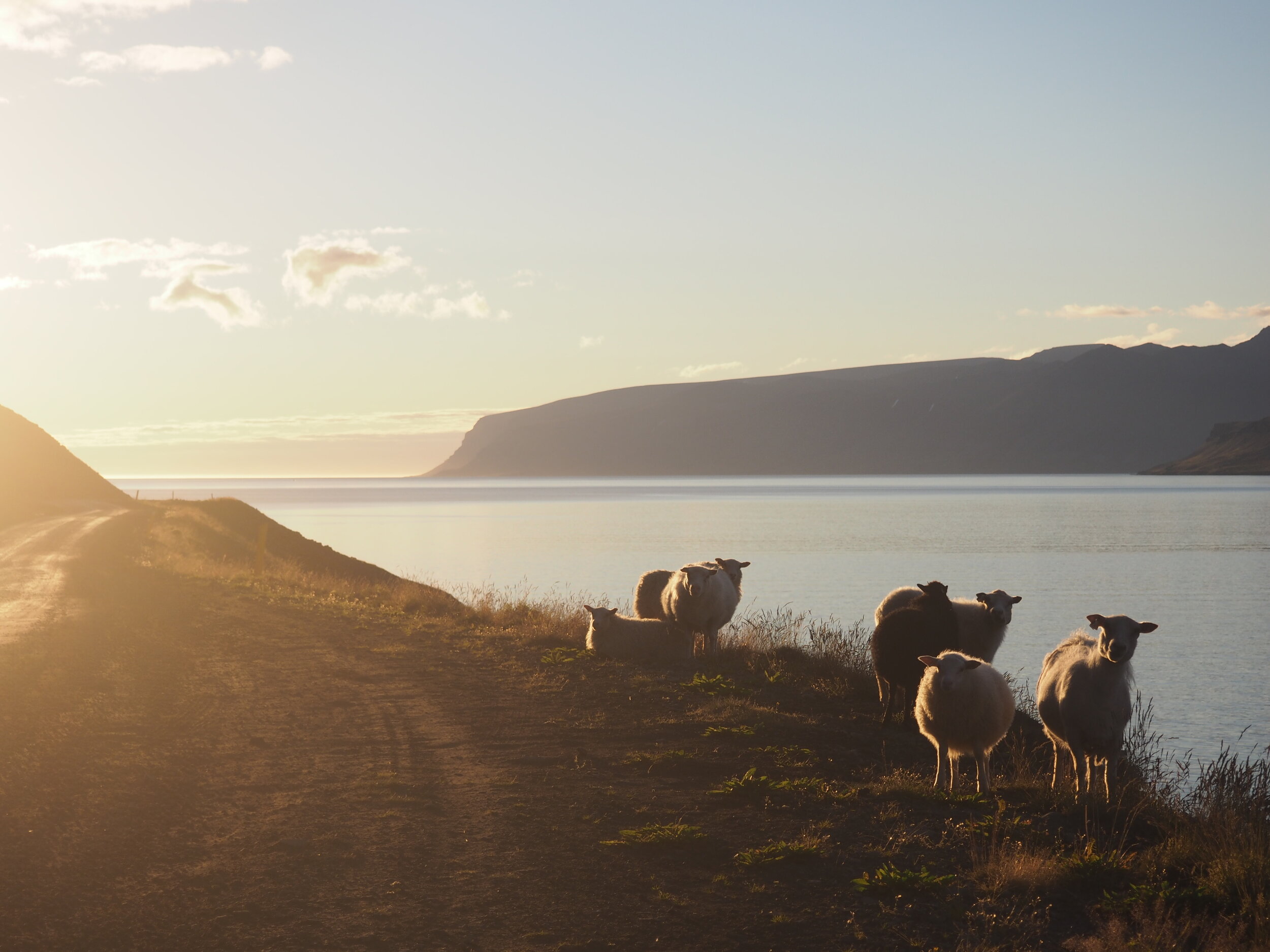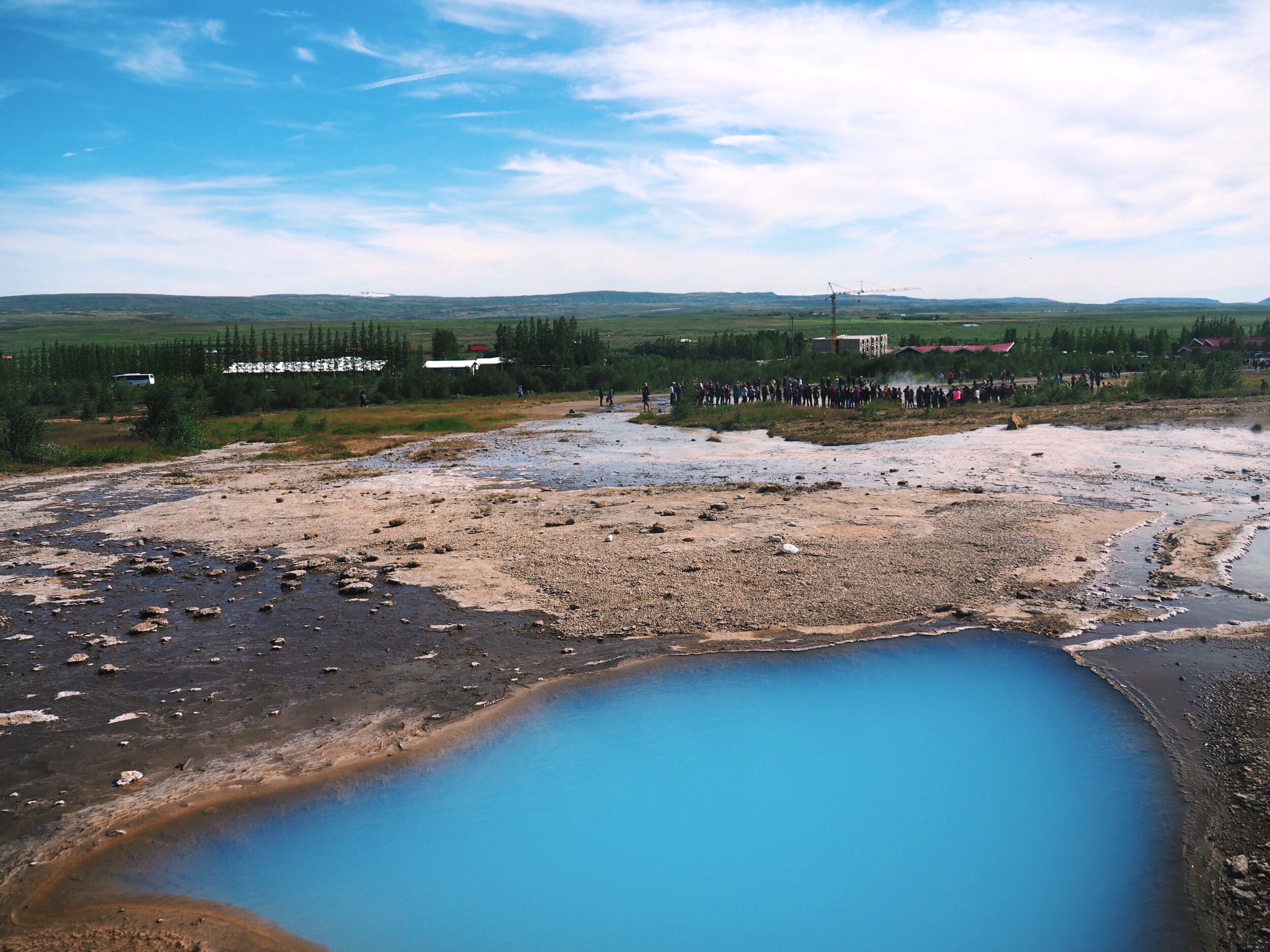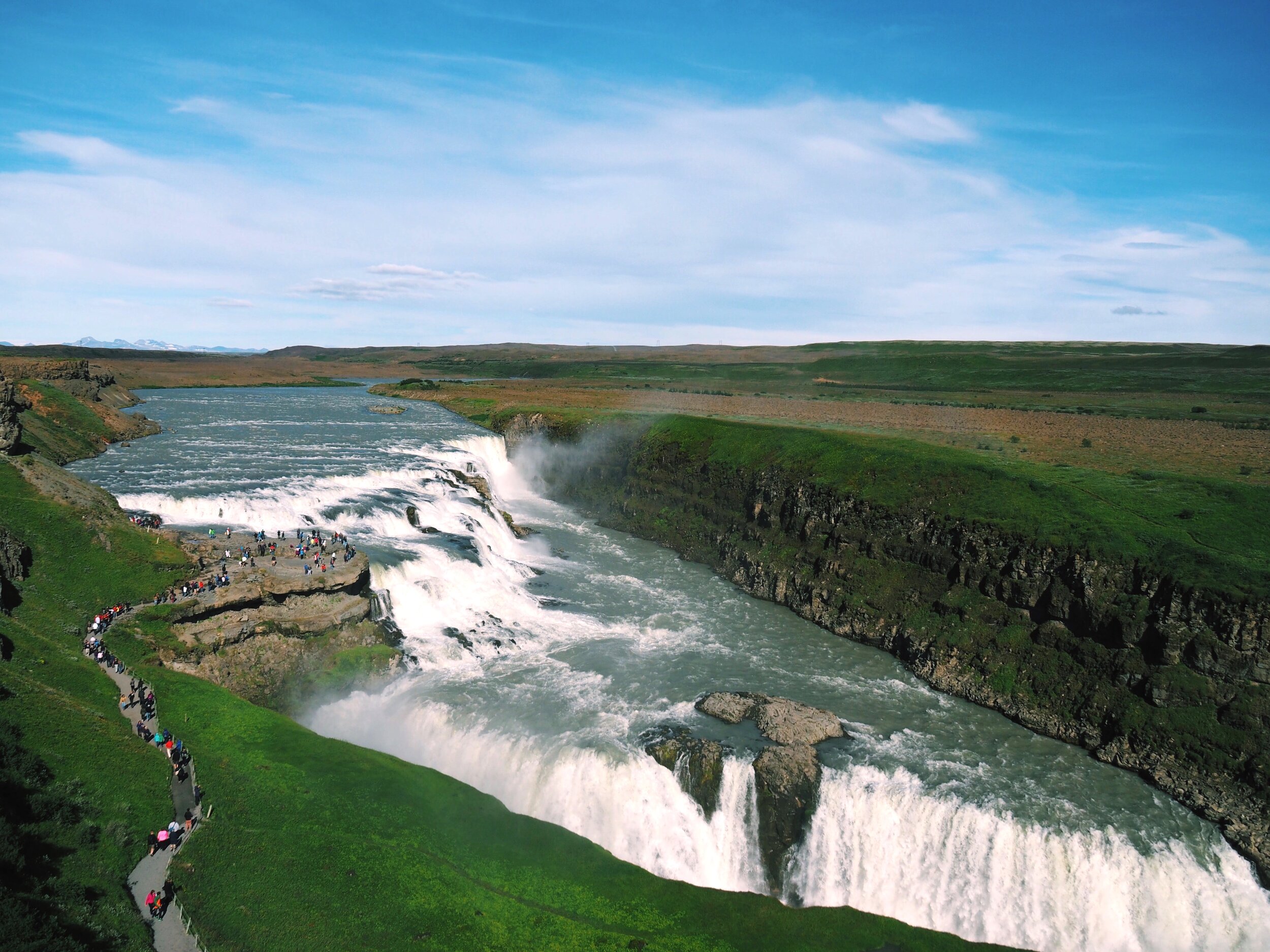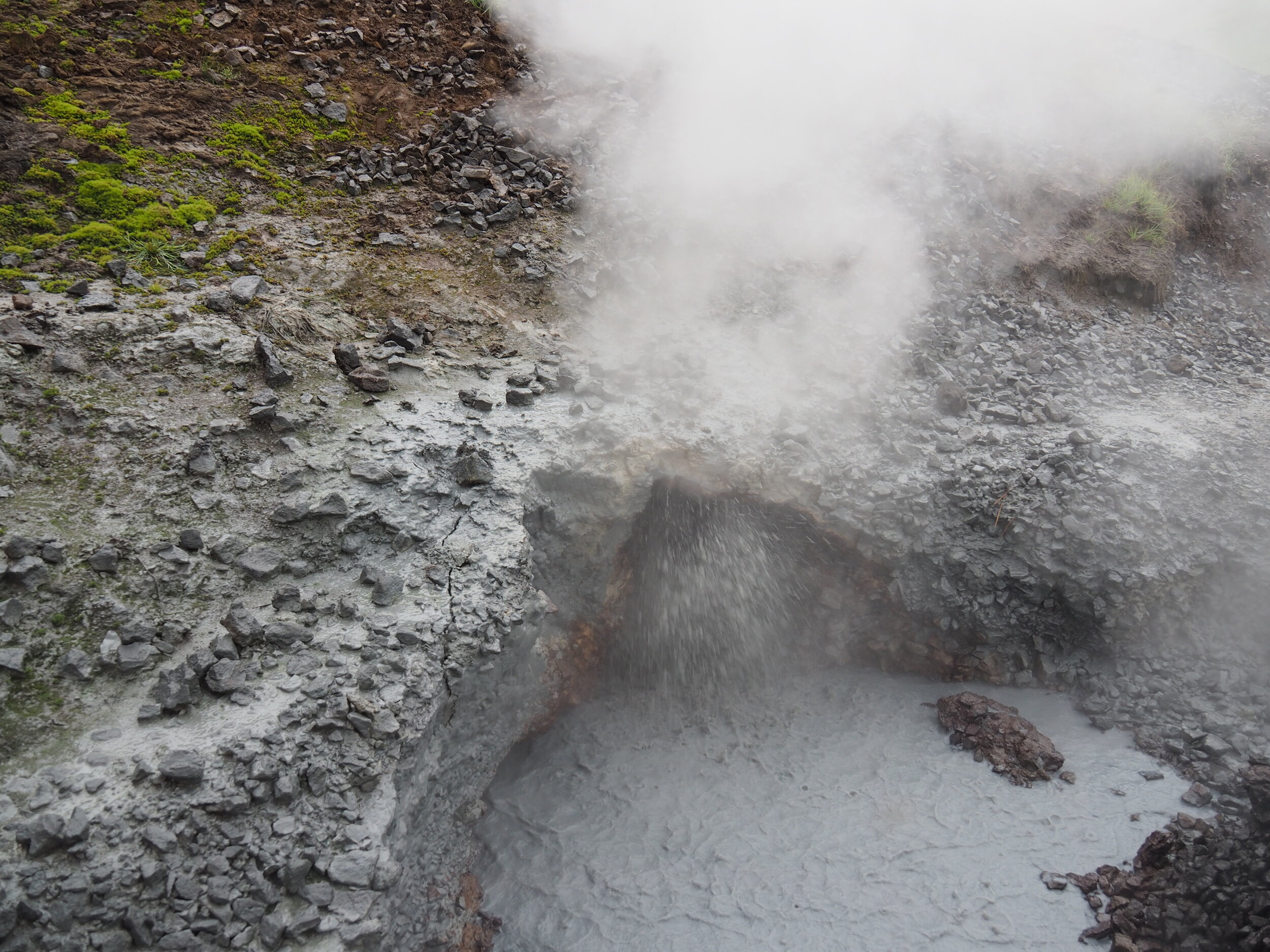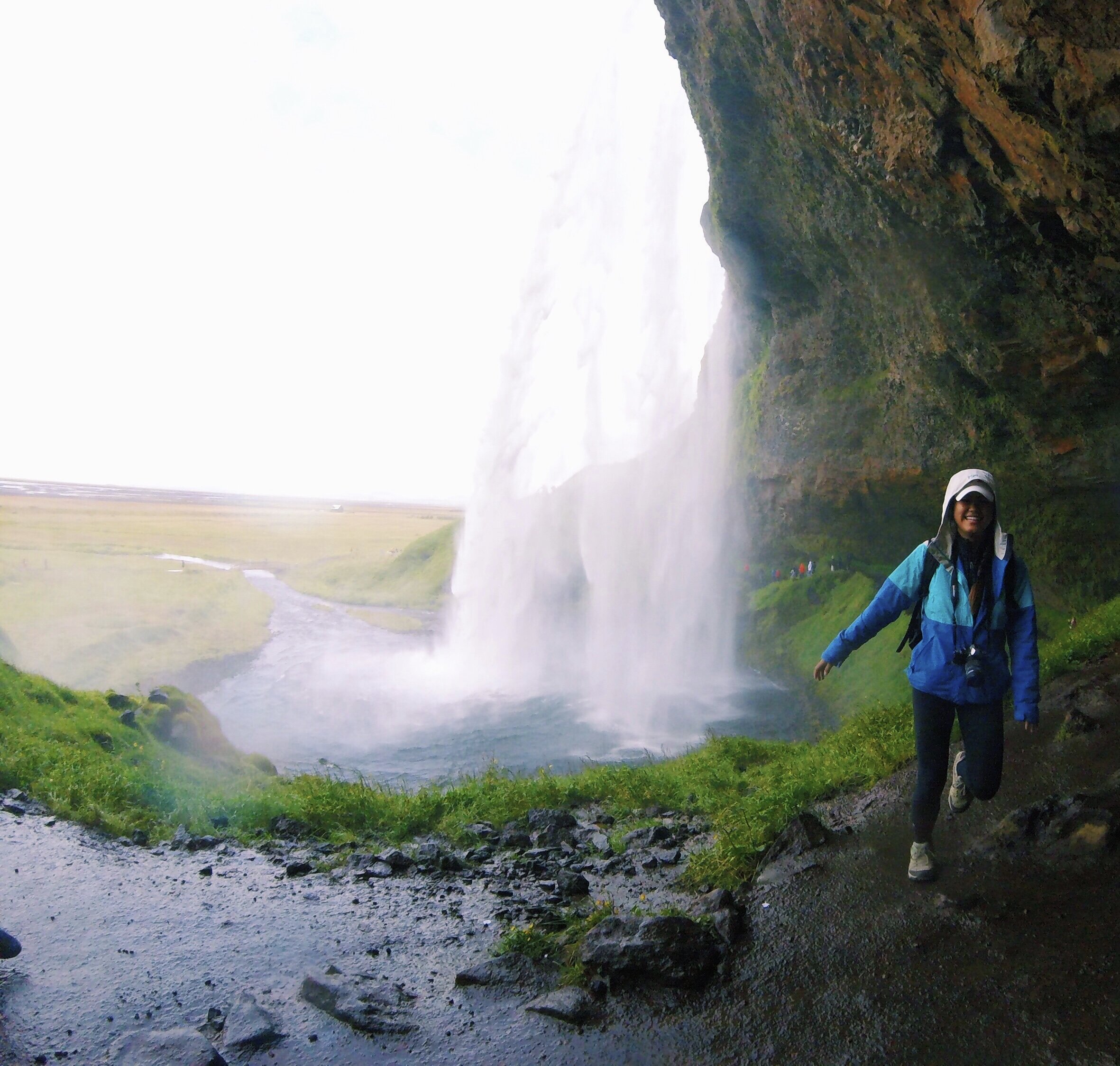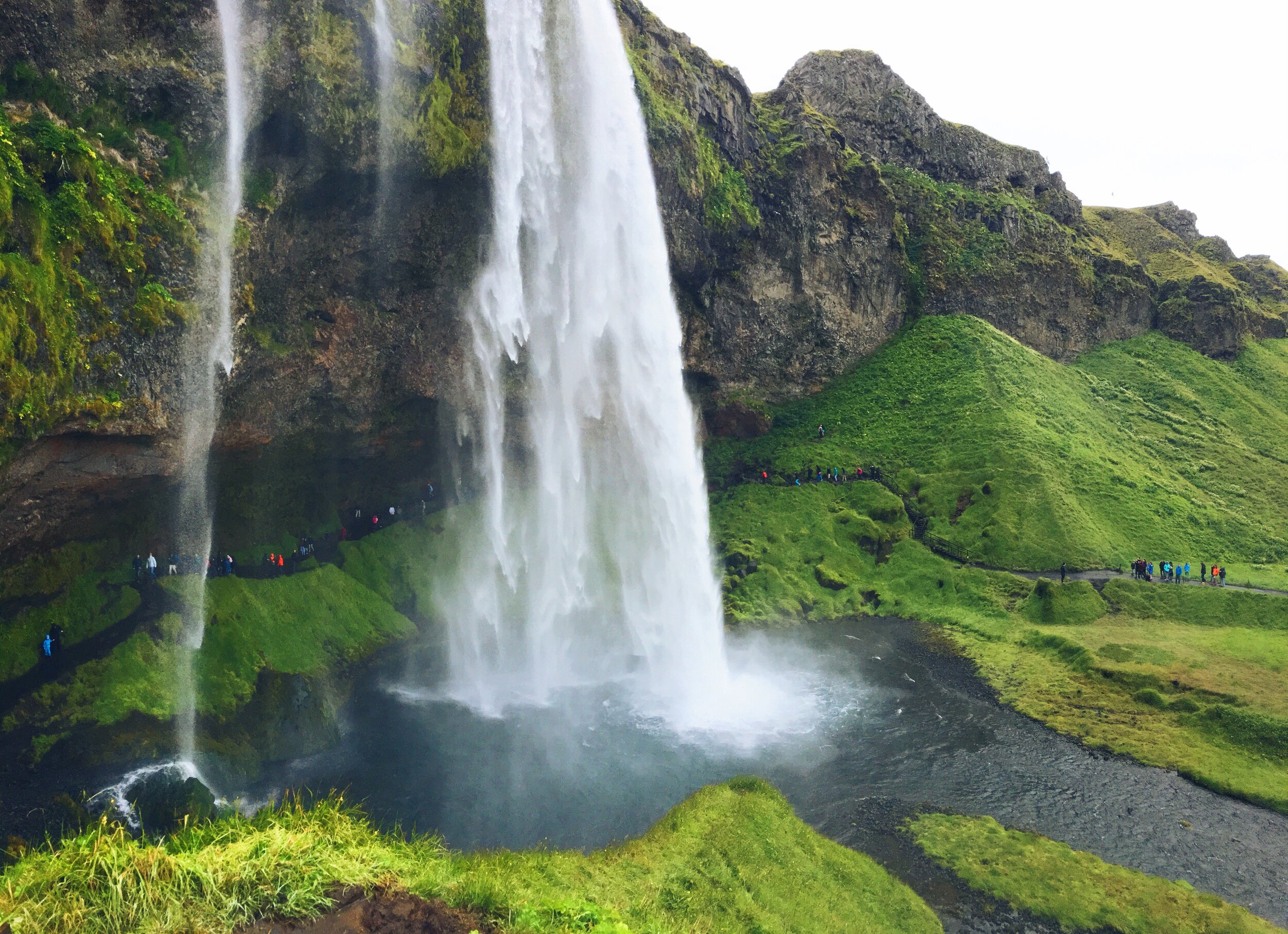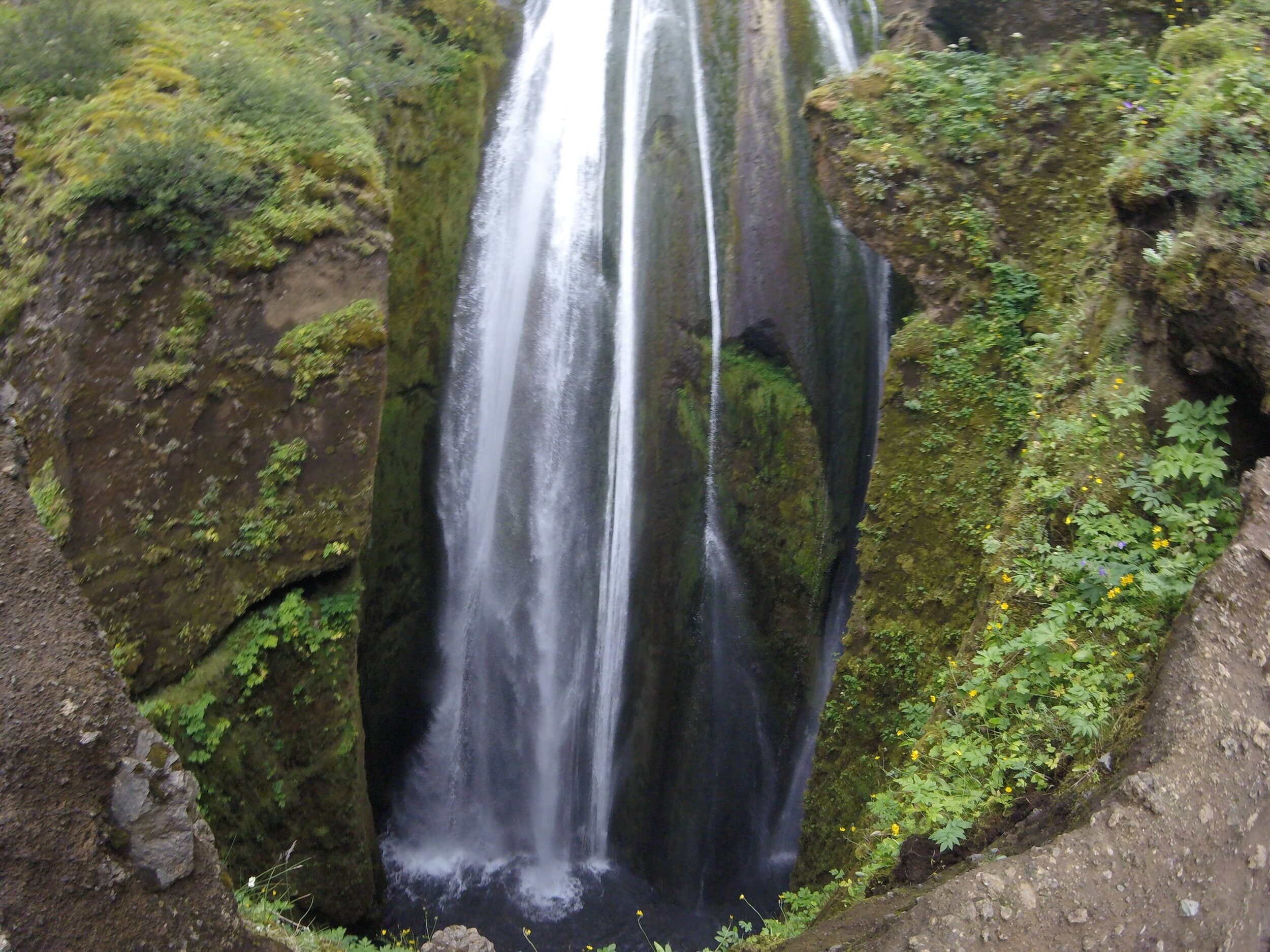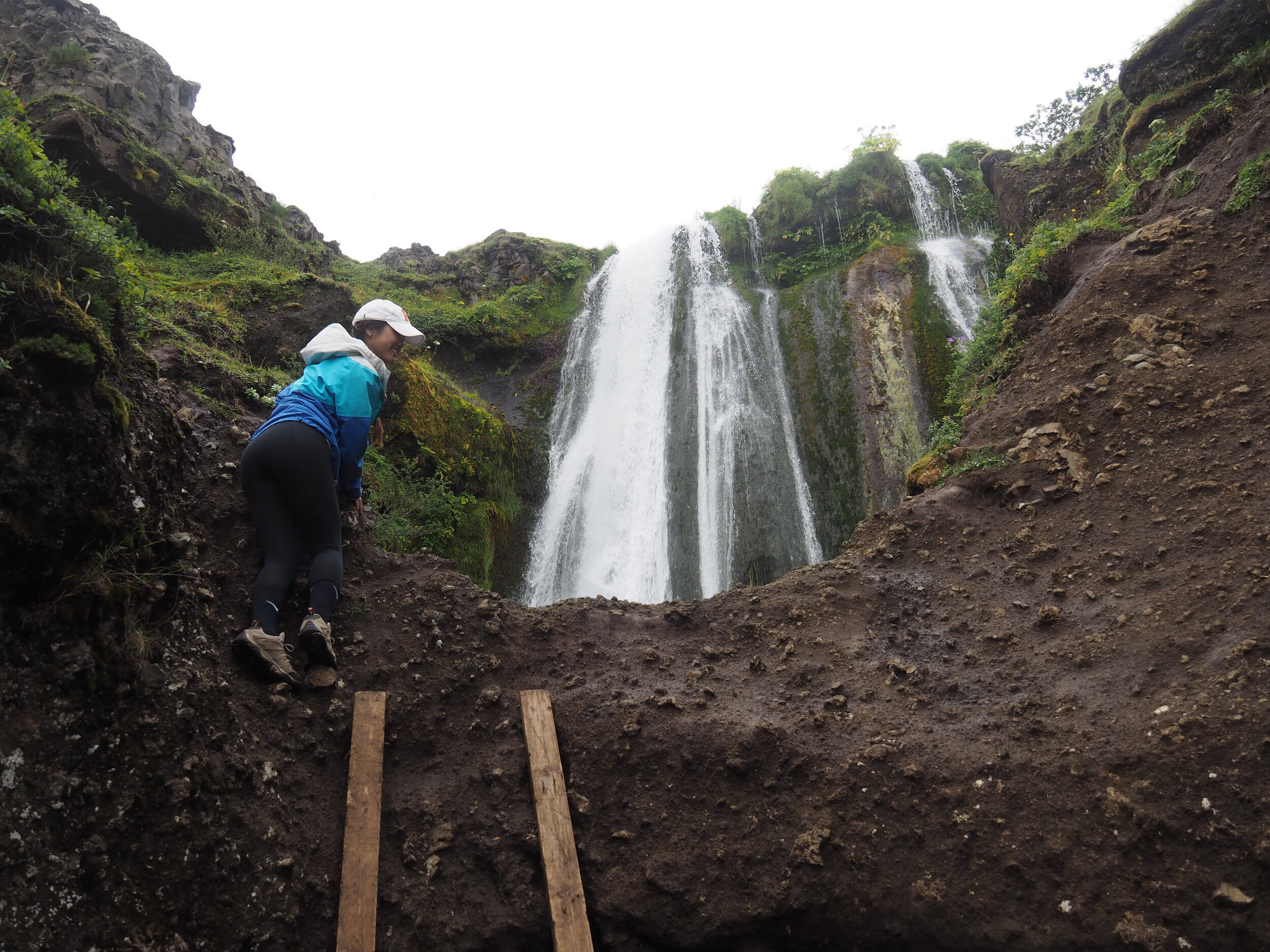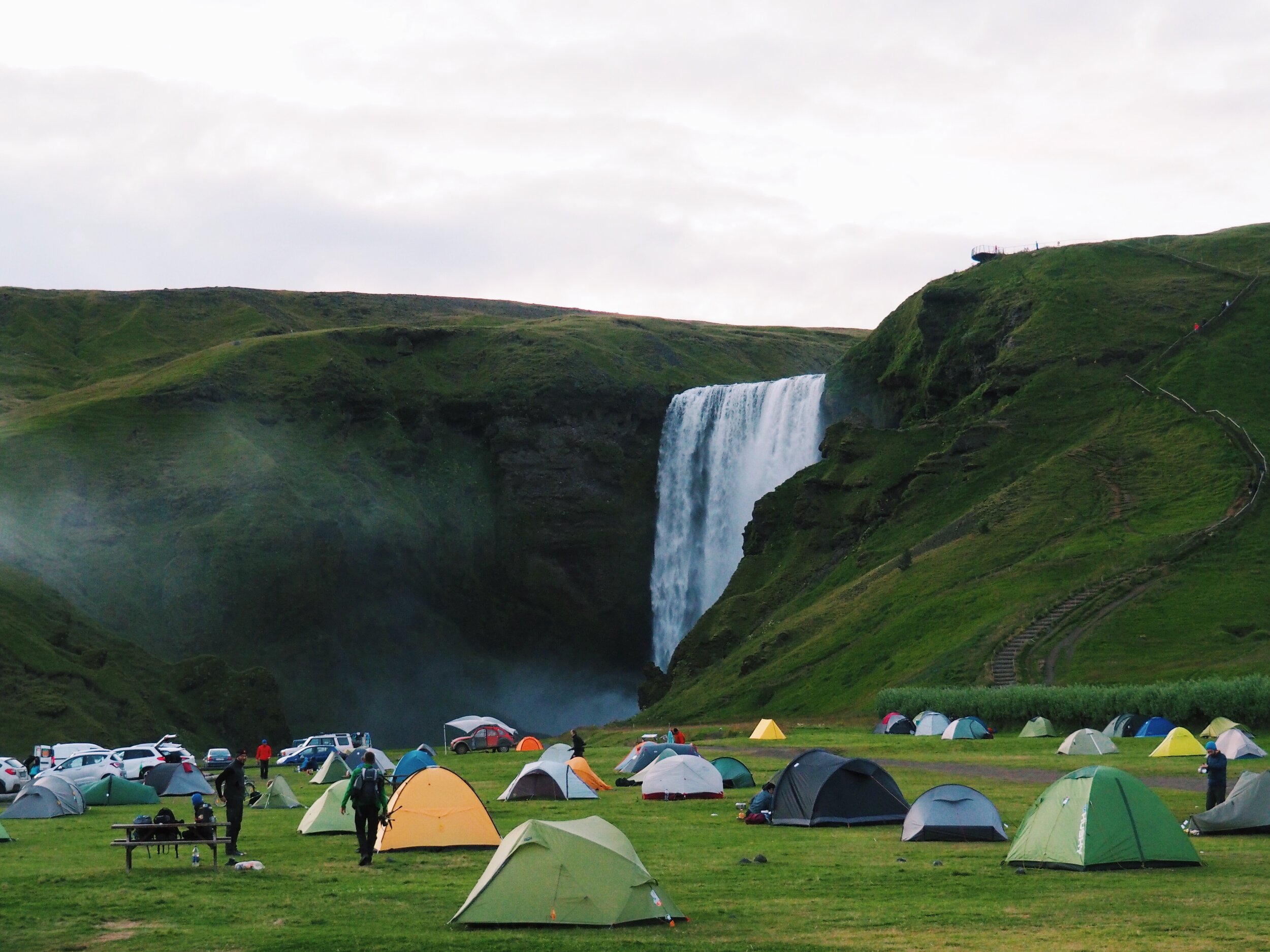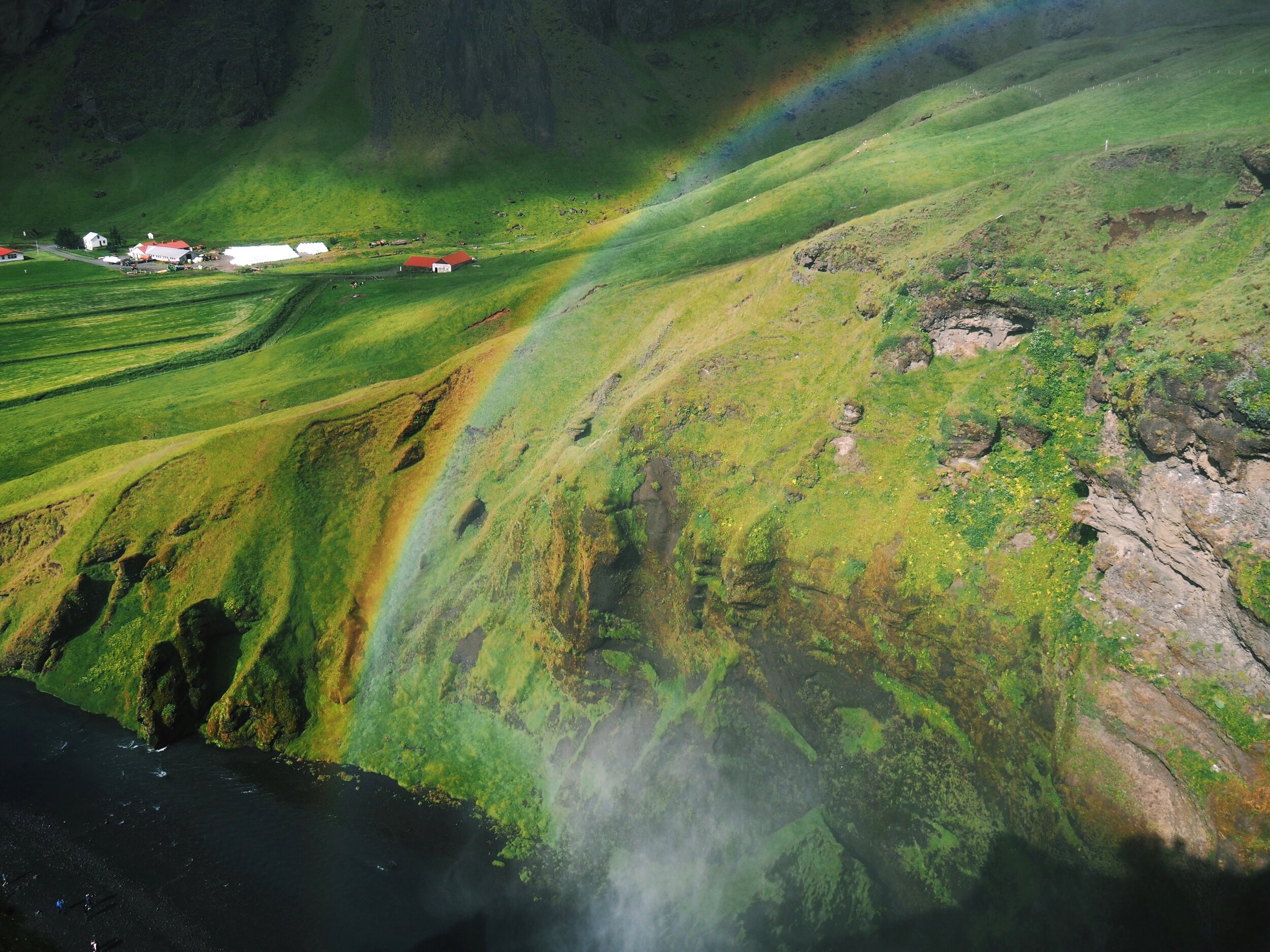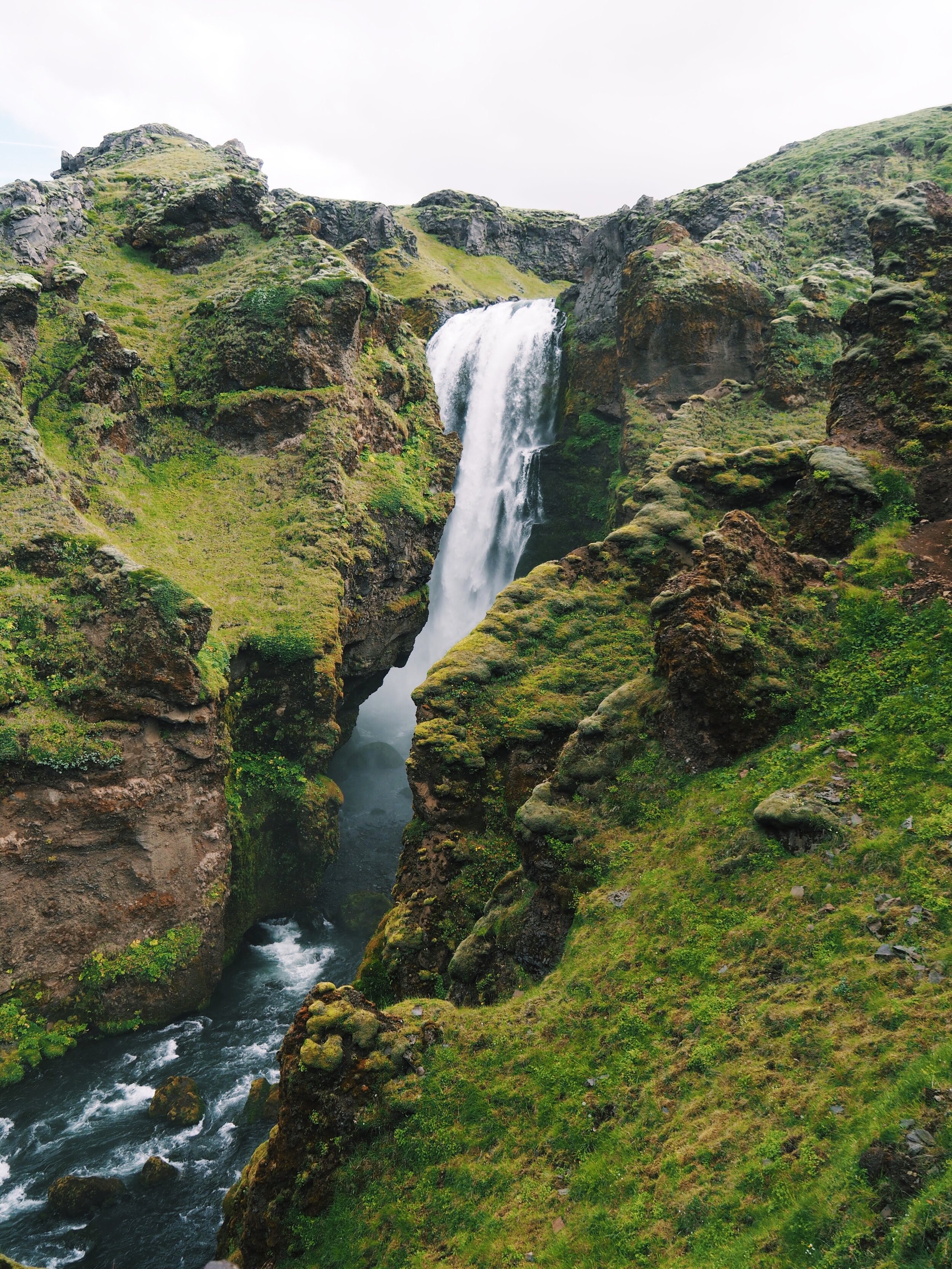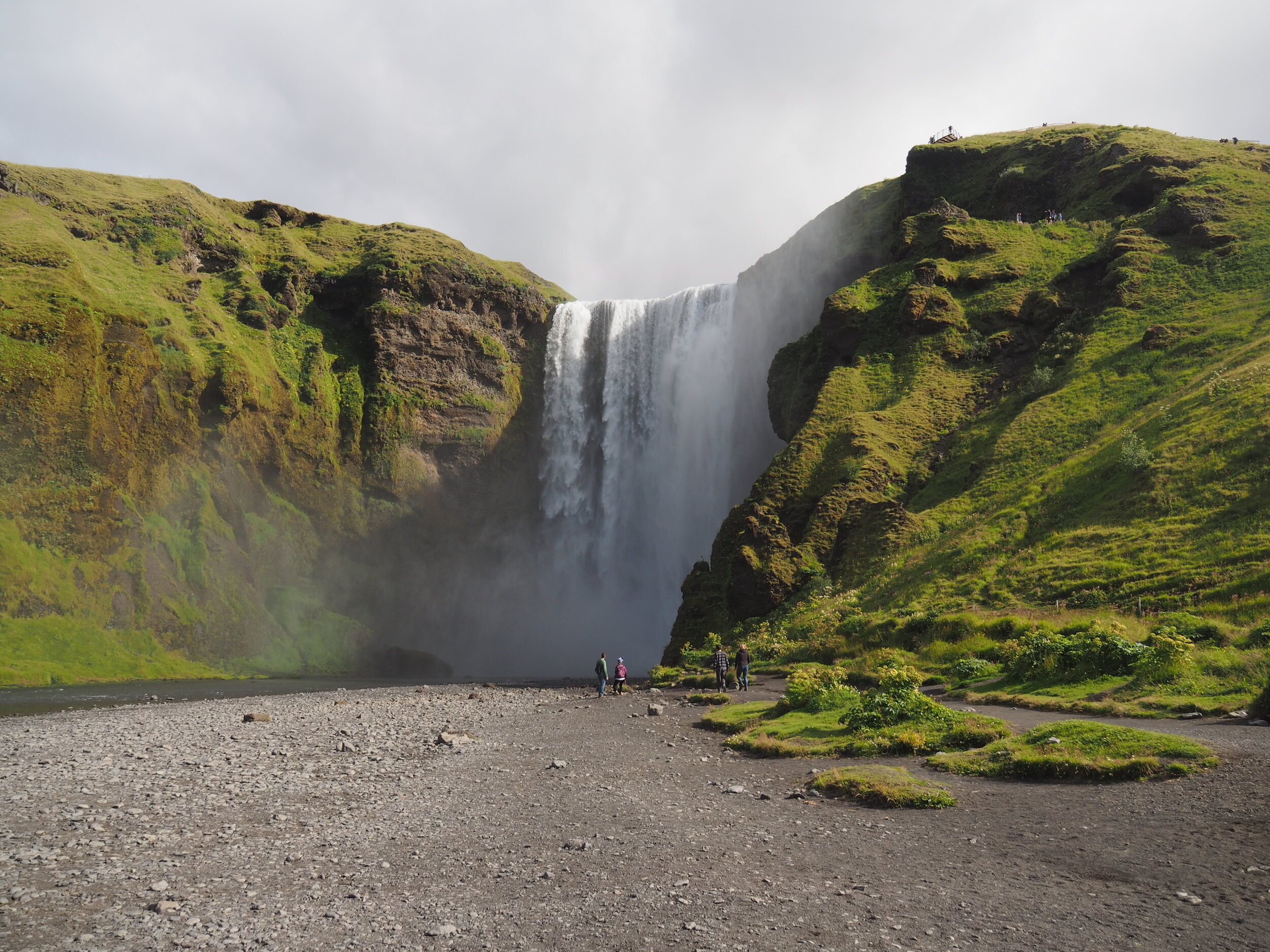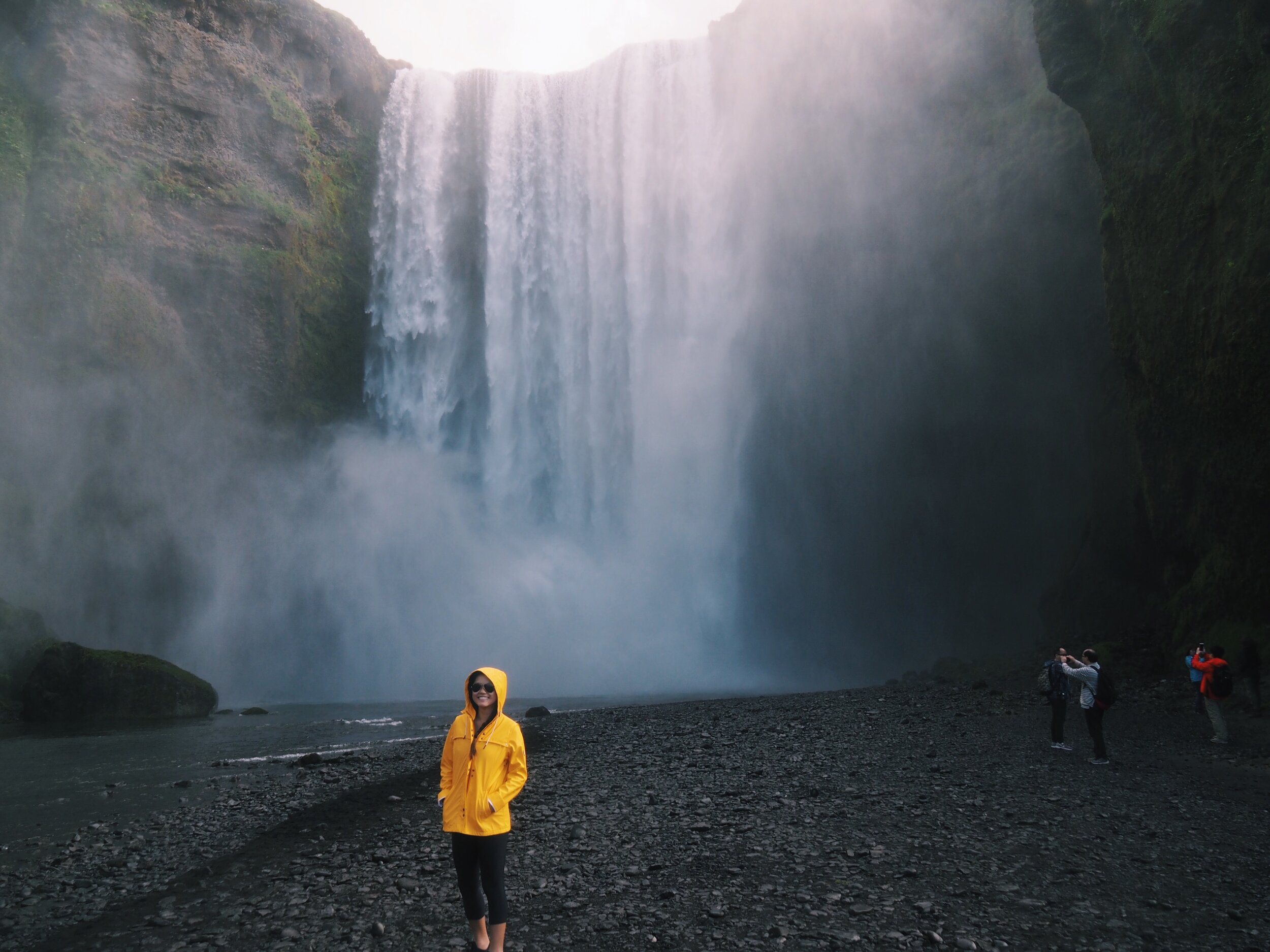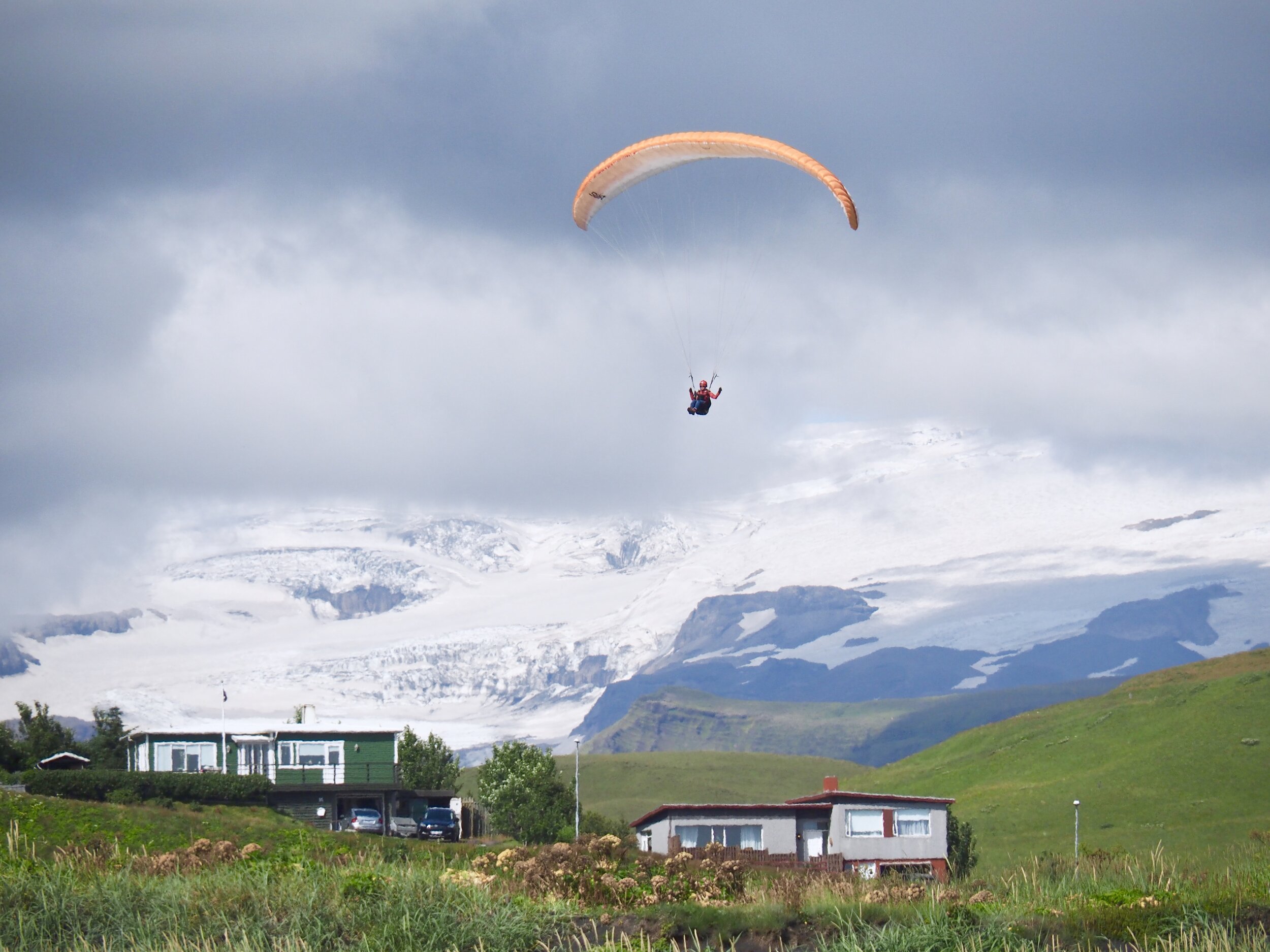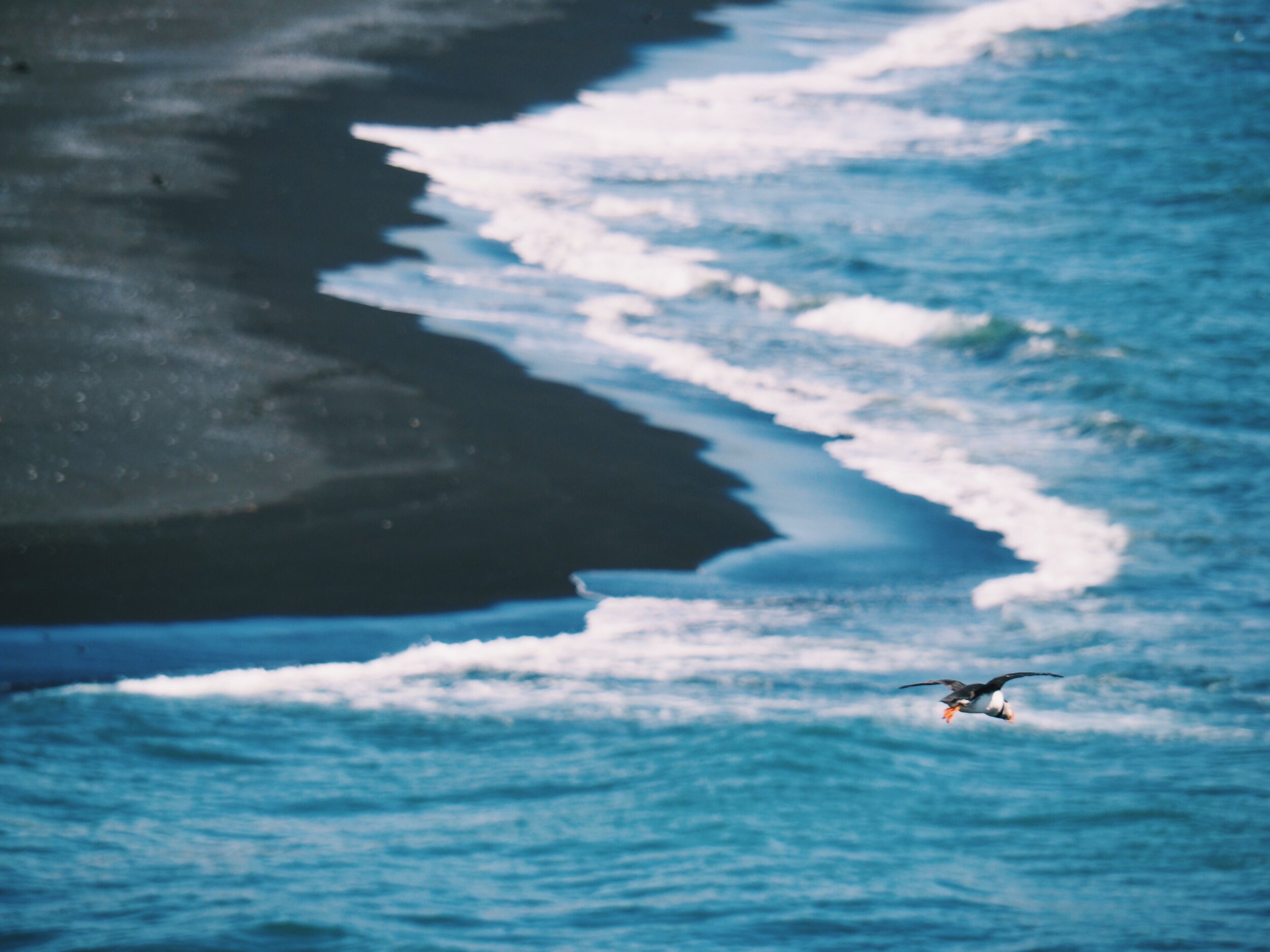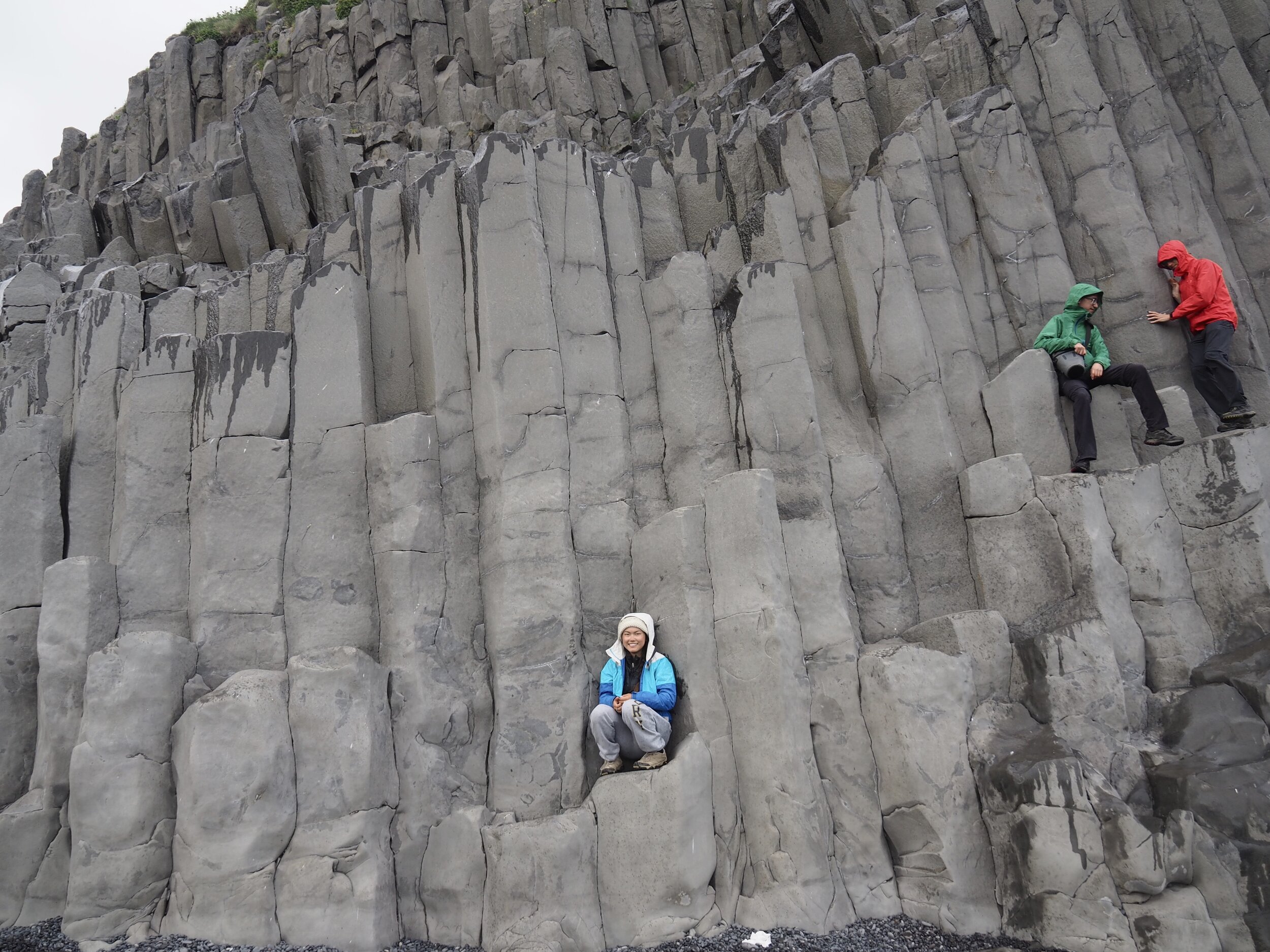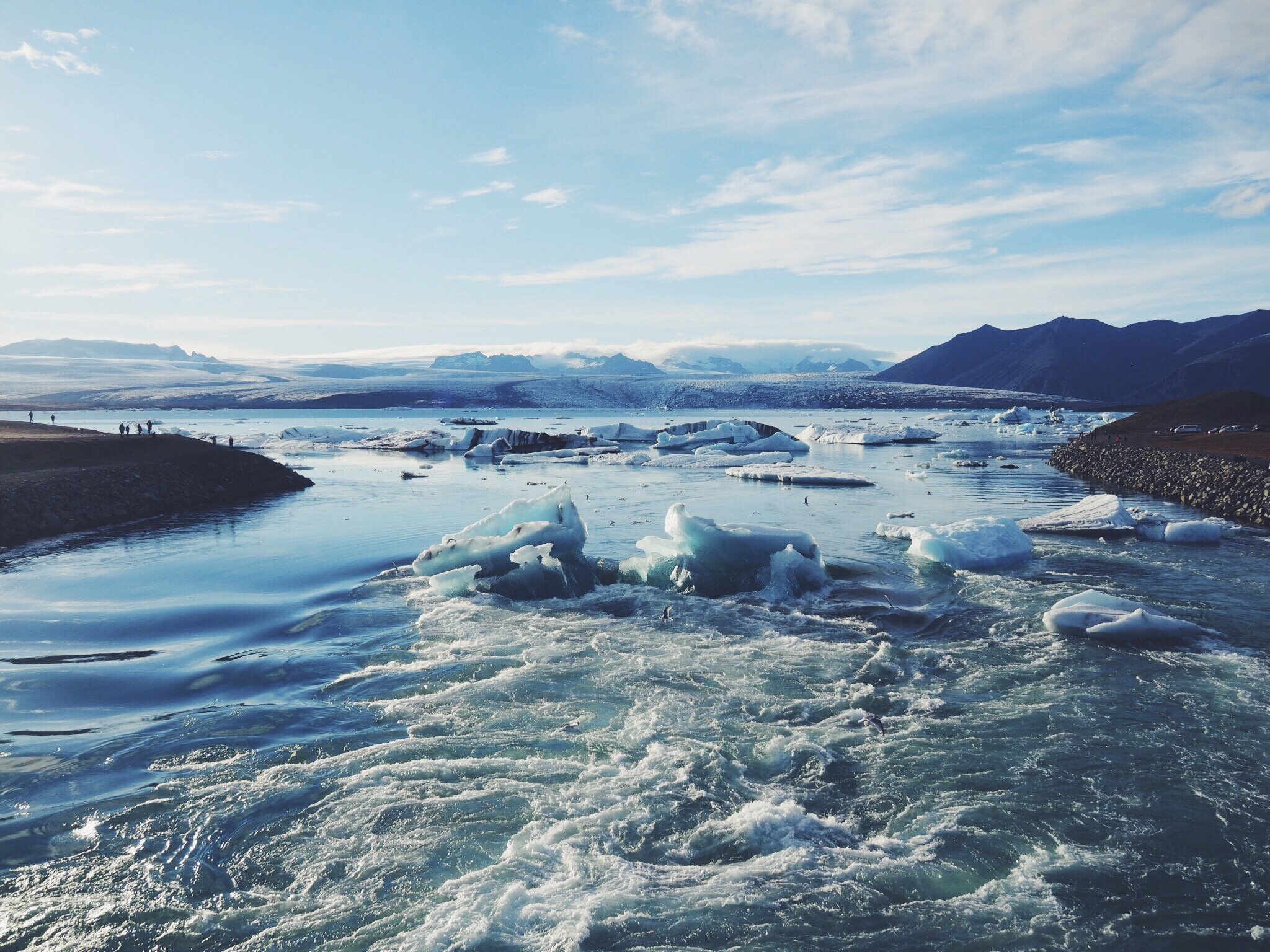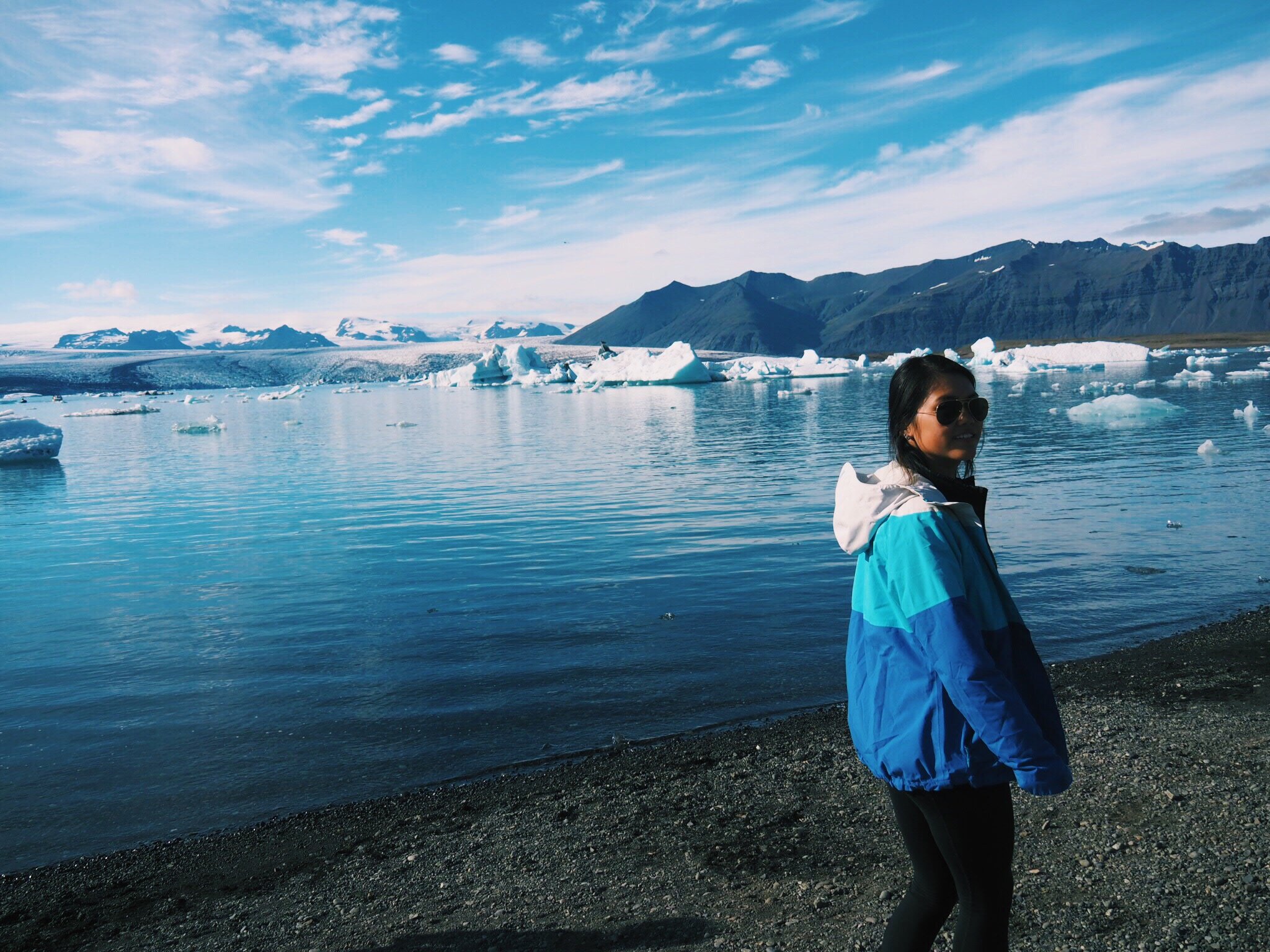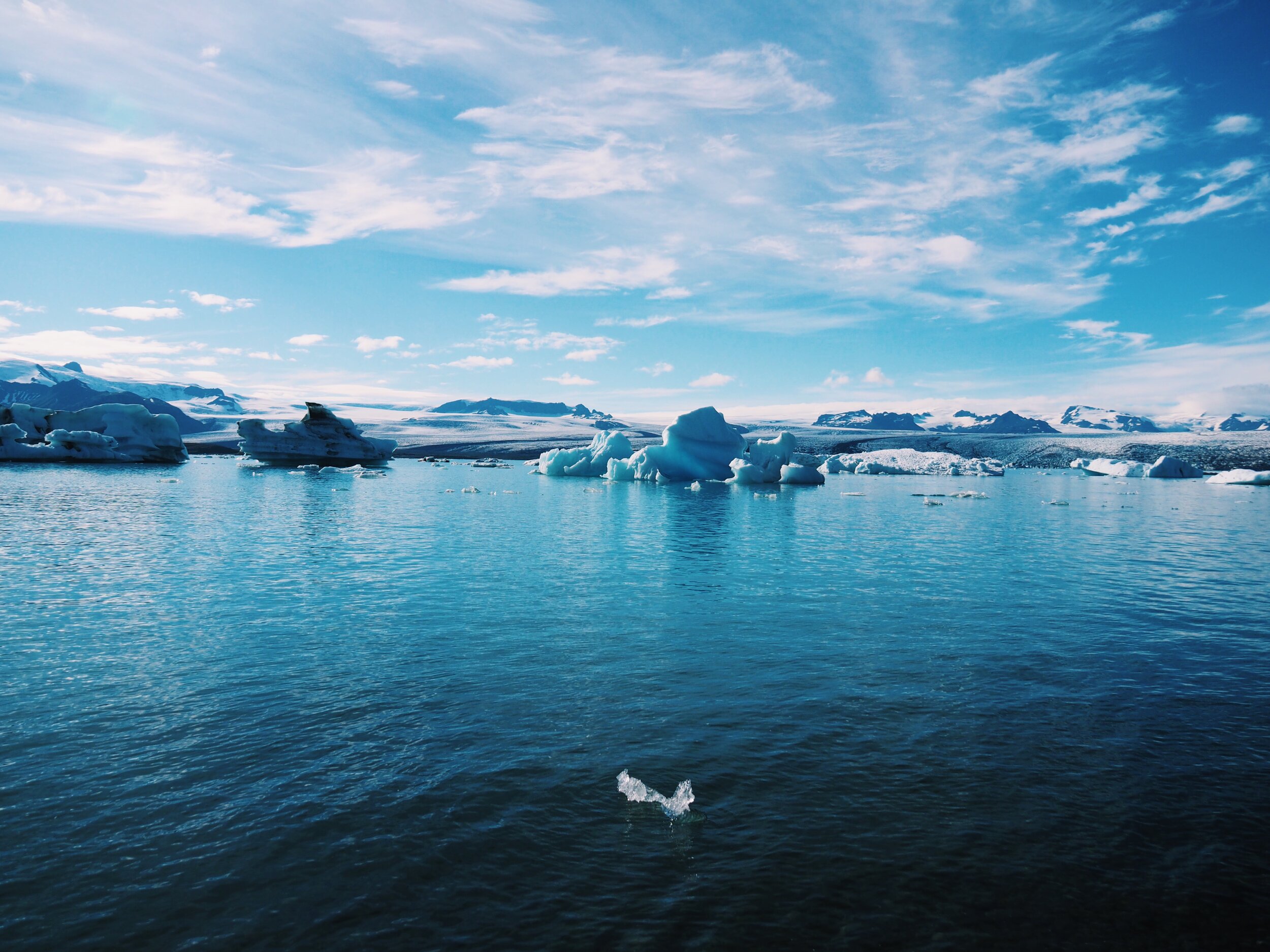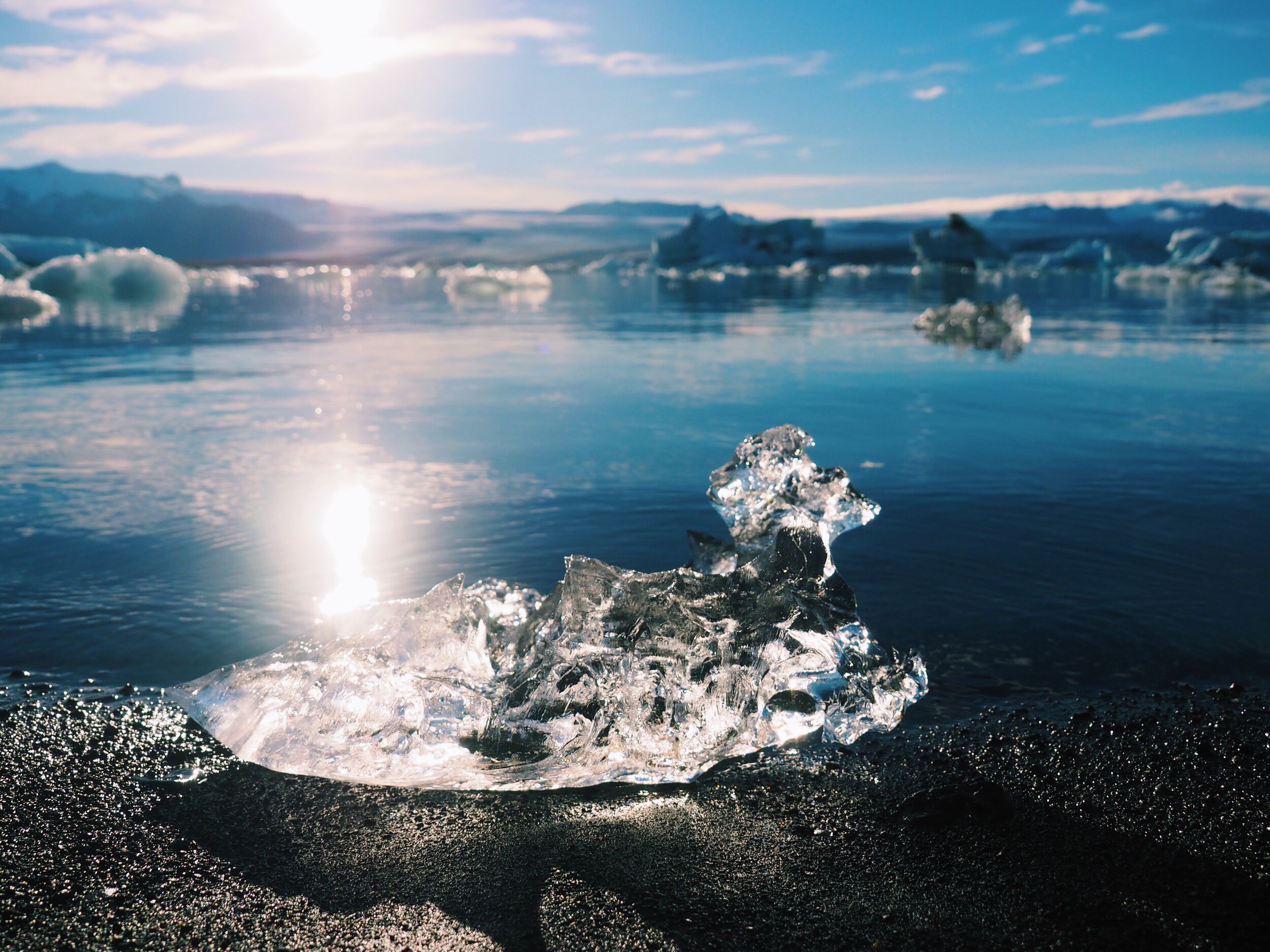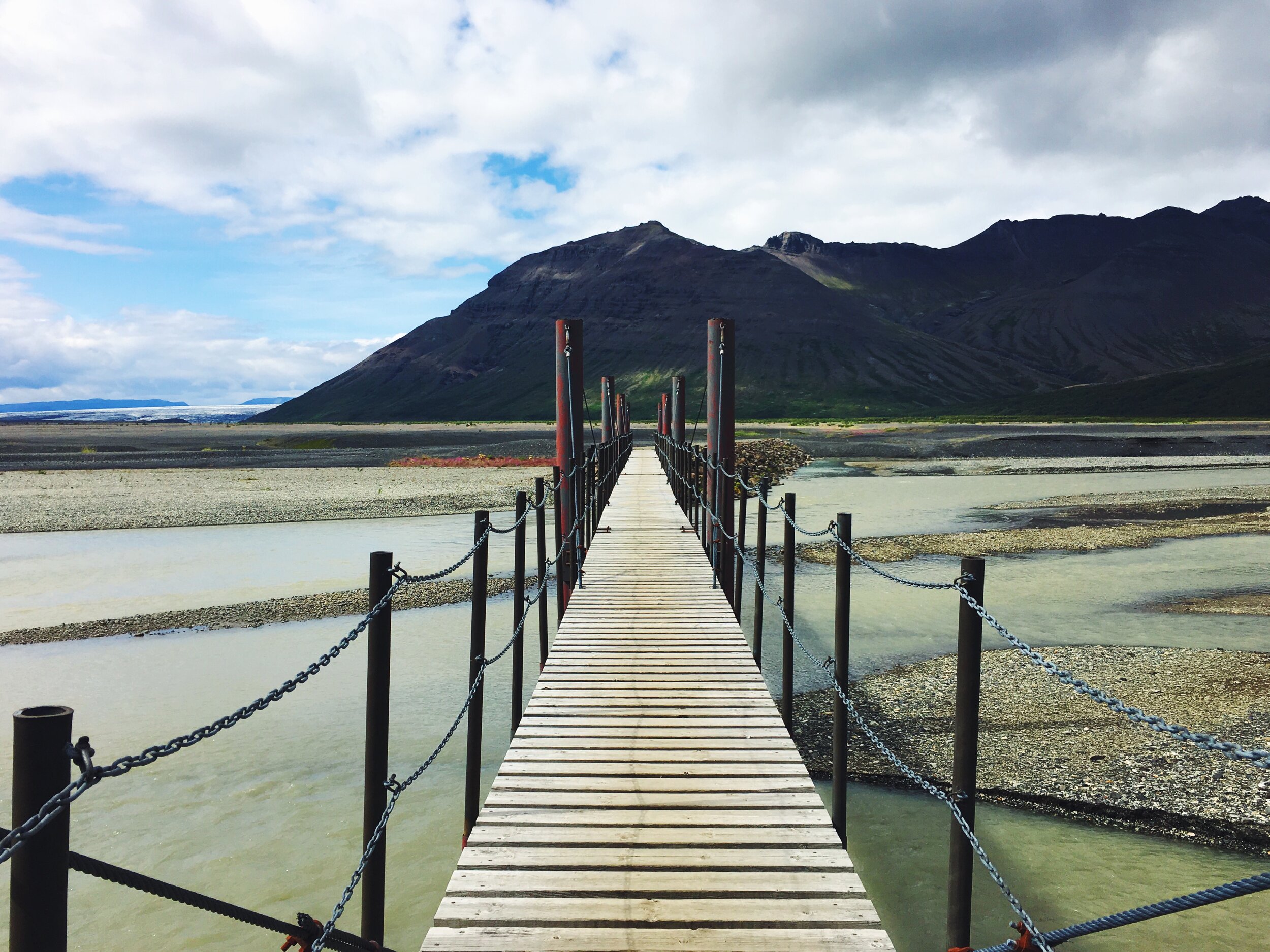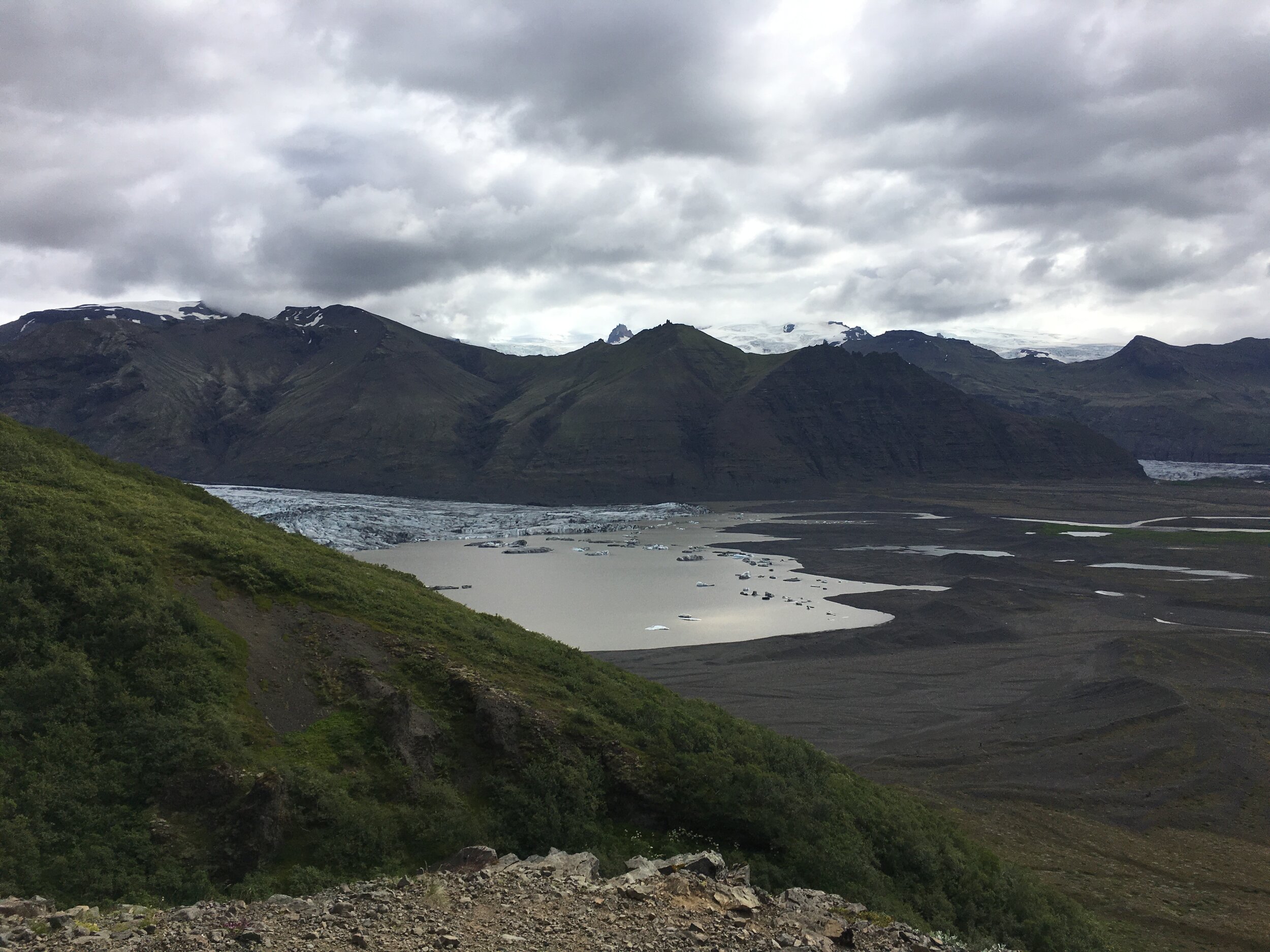Travel Guide: Iceland
For my birthday one year my boyfriend and I wanted to go on a little getaway. At first we were thinking Portland, Maine. It’s a nice place to go during the summer and there are things to do in the area. Somehow Iceland came into the picture and became a viable option, and then the option. Off we went to Iceland that weekend, having decided upon this trip only two days prior to our departure.
So, you might be wondering- how do you plan a trip abroad with that short of notice? The trick is, you don’t.
Well you do, but only a little bit. Nail down where you are going to sleep your first and last nights. Figure out if you need to rent a vehicle and reserve it. Have a loose idea of what you want to do, but you don’t need a full-blown itinerary. We researched roughly what we wanted to do, but didn’t make any set plans on when and how long we would be staying at these places for. Because we were also car camping, there was a lot of room for flexibility on our trip.
Note: We did do a few nights of dispersed camping, where we found land to camp on that wasn’t near or on private property, cultivated land, or moss. There are campsites that are free to pitch your tent at, and we did some of those too. Lastly, we did paid campsites as well. In southern Iceland, camping outside of a designated campsite is illegal. We actually saw a couple get fined for doing this and we overheard the price of the fine and lets just say it was not cheap.
Reykjavik
We landed in Reykjavik and stayed at a hotel for one night. We explored downtown, walked along the water, saw some live music at a venue where Of Monsters and Men used to play, and had some reaaaally good hotdogs. We ended the trip in Reykjavik as well, and we went to a local soccer game and then out to dinner at a fancy restaurant!
Húrra
This live music venue is where Of Monsters and Men used to play. It is the place to be seen playing, and it hosts other live acts such as comedy, book readings, and more in addition to live music.
Harpa Concert Hall and Conference Centre
You can’t miss the Harpa when you are in downtown Reykjavik. Located right on the water, this ultra modern building is home to the Iceland Symphony Orchestra and the Iceland Opera.
Hot Dog House
#4: bacon, onion, spicy mayo, red cabbage, fried onion. I would buy a plane ticket to Iceland just to have this again.
Westfjords
We rented camping equipment as we figured this was a cheaper way to explore Iceland- it is an expensive place to visit and hostels are not cheap here! It was super easy to rent and everything from Iceland Camping Equipment was in good condition. The shop was easy to find and the employees helping us were great.
We headed off to the Westfjords and our first night camping was in some random field on a very large hill that may have well been a small mountain. It was in a totally open area and on the other side of the road were hayfields. It took us a solid 45 minutes at least to figure out how to set up the tent. But once we set it up we were like, how was this ever hard?!
All of Iceland is beautiful, literally jaw dropping, but the Westfjords were neat because well, they’re fjords. The dictionary definition of a fjord is: “a long, narrow, deep inlet of the sea between high cliffs, as in Norway and Iceland, typically formed by submergence of a glaciated valley.” (Oxford Dictionary)
Rjúkandi
This roadside stream has a cascading waterfall. There is a small pullover by it and it makes a great place to stop and take in the views.
Dynjandi Waterfall
This massive waterfall in the Westfjords is a must see, and it also happens to have a campground right below it. Below Dynjandi there are a series of smaller falls, with platforms and benches to rest on.
Látrabjarg
The western most point on Iceland, Látrabjarg is home to millions of birds, namely puffins. There are massive cliffs where the seabirds make their homes, and this great expanse of land with paths running through it. You are 100% guaranteed a puffin sighting here. Here you can get up close and personal with the puffins (just don’t fall off the cliff or touch the birds). They don’t seem to be afraid of humans and will land fairly near you. Pro tip: lay on your stomach to view the birds and take photos so you don’t lose your balance.
Birkimelur swimming pool
We drove all the way from Reykjavik to the Westfjords, so we decided to take a ferry back. Near the ferry was Birkimelur swimming pool on Rt. 62, a public pool right on the ocean with a geothermal pool as well. Talk about relaaaaaxing.
The Golden Circle
The Golden Circle is one of Iceland’s most popular attractions. The Golden Circle is made up of Þingvellir National Park, Haukadalur, Gullfoss, and Hveragerði. The attractions can be done all in a day, but why don’t you take your sweet time and enjoy them?
Þingvellir National Park
“Þingvellir National Park is located in an active volcanic area, just 49 km east of Reykjavík, the capital of Iceland, and covers 24,000 ha, of which 9,270 ha constitute the World Heritage property. Its best-defined feature is a major rift, which has produced dramatic fissures and cliffs demonstrating inter-continental drifting in a spectacular and understandable way. The National Park is enclosed by a varied belt of mountains on three sides, featuring grass-covered lava fields, and Lake Þingvallavatn lies at its southern end. This outstanding scenery gives the area its unparalleled value.” (guidetoiceland.is)
Haukadalur
“ …it is home to hot springs, fumaroles, mud pots and geysers, including the famous Great Geysir and the active Strokkur. The area is noted for the vivid colouration of its surrounding hills, caused by elements deep in the earth being brought to the surface by the geothermal activity.” (guidetoiceland.is)
Gullfoss
Due to its situation on the Golden Circle, Gulfoss has to be included in one of the most visited waterfalls in Iceland and has a height of 32m. It is quite a striking waterfall (but honestly all the major waterfalls in Iceland are), and it has a visitors center with a shop and cafe. It is common to see large tour buses here and crowds of people. In 1979 it was designated as a Nature Preserve. Fun fact: “On average the water flow is around 110 m3/s. But when these floods happen it can go up to 2000 m3/s, this means that it can fill almost 50 Olympic pools in one minute or about one every second.” (gulfoss.is)
Hveragerði
This town on the southern edge of Iceland is known for its geothermal activity. It sits on an active volcanic zone so earthquakes frequent the area as well. There are many small hiking trails around the town, notably one that goes up in the hills to the Varmá river. This river doesn’t have changing rooms but it has screens for some (but realistically not much) privacy.
Camping
Tjaldsvæðið við Reykjamörk is where we camped when we stayed in Hveragerði. It was a clean campground and it was in a good location. We walked around the neighborhood and got takeout from a small restaurant nearby.
Southern Coast
The southern coast of Iceland holds more popular tourist stops, and they’re popular for good reason. Seljalandsfoss and Skógafoss are a short 26 minute drive from each other. Vik, Vatnajökull National Park and Jökulsárlón are other popular destinations along the southern coast. you can also get a view of Eyjafjallajökull, the volcano that erupted in 2010 that stopped travel in its feet.
Seljalandsfoss
This waterfall is right off of Route 1 along the southern coast of Iceland. The water fall drops 197 feet and you can walk around the entirety of the falling water. The river it falls from is called Seljalandsá and comes from the glacier Eyjafjallajökull, which also happens to have the volcano Eyjafjallajökull beneath it. Just past Seljalandsfoss in the same area, there is a smaller waterfall called Gljúfrabúi. This waterfall is hidden behind a cliff and to reach the fall there is a small stream you have to step through.
Skógafoss
This is another popular waterfall in Iceland, and with good reason. It has an incredible 200 foot drop which also makes it one of the largest waterfalls in the country. Unlike Seljalandsfoss, you cannot walk behind Skógafoss. Instead, you can walk along the river above. There is even a hike called the Skógá Trail that goes on for 5 miles. It is a round trip (out and back) so 10 miles total. This is a great place to escape the crowds below the falls and it is relatively easy. For those who are looking for a more intense hike, there is a 15 mile hike called the Fimmvörðuháls Trail (in which the Skóga Trail is included). EarthTrekkers has a great writeup about Skógafoss and its trails.
There is a campsite at this waterfall and it can get crowded. Luckily we were able to snag a spot with a nice view of the waterfall. Facilities are super limited here but from what I recall they were clean. If you have the chance to camp here, do it! Despite the crowds, it is a neat experience.
Vik
Vik is best known for its black sand beaches. This town is pretty isolated, but it has gained popularity due to its picturesque views. If you search google images for “Vik Iceland”, you will mostly get its black sand beach and a red-roofed church. The black sand beach, Reynisfjara, is the most popular black beach in Iceland. A striking feature of this beach is the stacks of basalt rock along the cliff. You can sit or stand on the ones close to the ground, and it kind of makes you feel like you’re in a giant’s territory. We stopped at a gas station in Vik and we ended up picking up some hitch hikers who were going in the same direction as us. We were on our way to Jökulsárlón and they were headed to another location right before the lagoon. They were lovely people and were from Germany.
Vatnajökull National Park
Vatnajökull National Park is 1 of 3 national parks in Iceland. It also happens to be the largest glacier outside of the arctic. The national park covers popular places Skaftafell, Jökulsárlón, Hornafjörður, Jökulsárgljúfur, Ódáðahraun, Snæfell, Lakagígar, Eldgjá and Langisjór, Tungnafellsjökull, Bárðarbunga, Hamarinn, and Vonarskarð.
There is a campsite in Skaftafell that we camped at for a few nights. It was a busy campsite and it is a very open layout, so there is no privacy between you and other tents. The view is incredible though as there are snow capped mountains towering over in the distance.
Jökulsárlón
The name Jökulsárlón translates to glacial river lagoon- which is exactly what it is. This lagoon is set back just off the southern coast and is filled with [small] icebergs, and it gets filled from the Breiðamerkurjökull glacier. Right on the coast, Diamond Beach has polished chunks of ice that have floated out from the lagoon to the black sand beach. If you go to the lagoon you go to the beach and vice versa, as they are right next to each other.
The Blue Lagoon
Ah yes, the Blue Lagoon. You don’t go to Iceland and not come here. This is something you have to plan ahead. The day that we booked our plane ticket for Iceland, we also reserved our tickets for the Blue Lagoon. This geothermal spa is not too far from Reykjavik, some people even do it before their flight. I’m glad we went because it was a neat experience, but it also is a total tourist trap and crowded. I think if you stayed at their hotels, the Silica Hotel and the Retreat Hotel, it may be more enjoyable because you have access to part of the lagoon only for these hotel guests. Note: I dropped my GoPro in the water by accident, and it has not worked the same since. Mind you, this water is not your typical ocean, lake, or pool water.
Pricing
The Blue Lagoon has three tiers of pricing (all at a per person cost): comfort, premium, and retreat. Comfort pricing starts around $43 USD and can reach around $54 USD. Premium tickets hover around $65 USD, and Retreat tickets look to be $117 or $285.
Dining
The Moss - Michelin recommended
Accommodations
Geothermal Seawater
The water of the blue lagoon is said to have health benefits due to its mineral content. The iconic color of the Blue Lagoon is due to the water’s silica content levels, as this is how the silica reflects sunlight. The water is a combination of seawater and freshwater (70:30), and is 38 degrees Celsius.
Most people assume that the Blue Lagoon is naturally formed. While the lava field itself is natural, the reservoir of water that is the Blue Lagoon comes from the Svartsengi Resource Park, and is water runoff.
